Tourist attractions of Koyasan
Okunoin
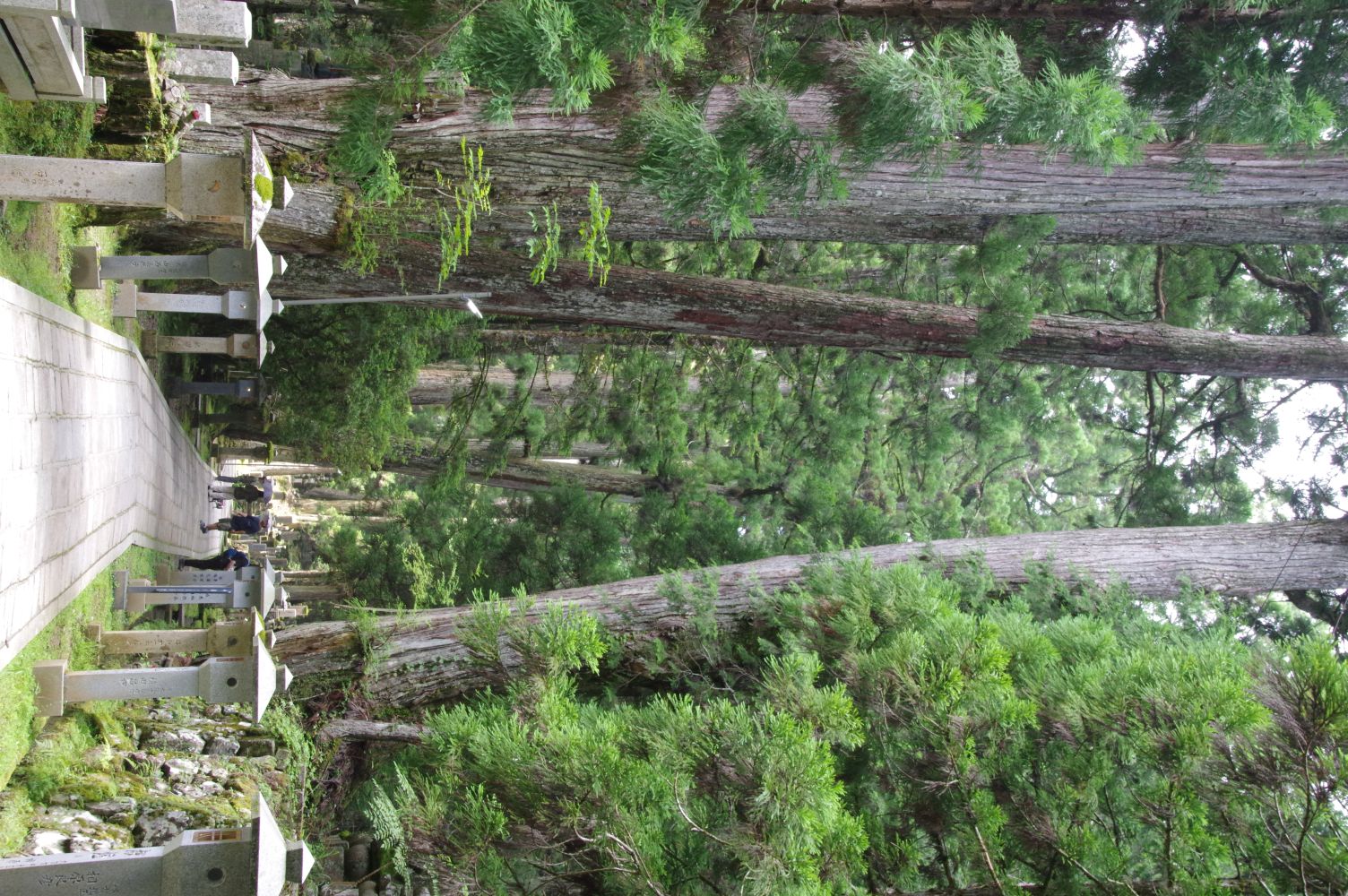
On both sides of the approximately 2 km approach leading from Ichinohashi. the entrance to the main approach. to Kobo Daishi's mausoleum. towering old cedars that are hundreds of years old. Under these old cedars stand more than hundreds of thousands of memorial towers for people from all eras who wish to be as close to the Daishi as possible. proving that Koyasan is the most sacred place in Japan.
Ichinohashi
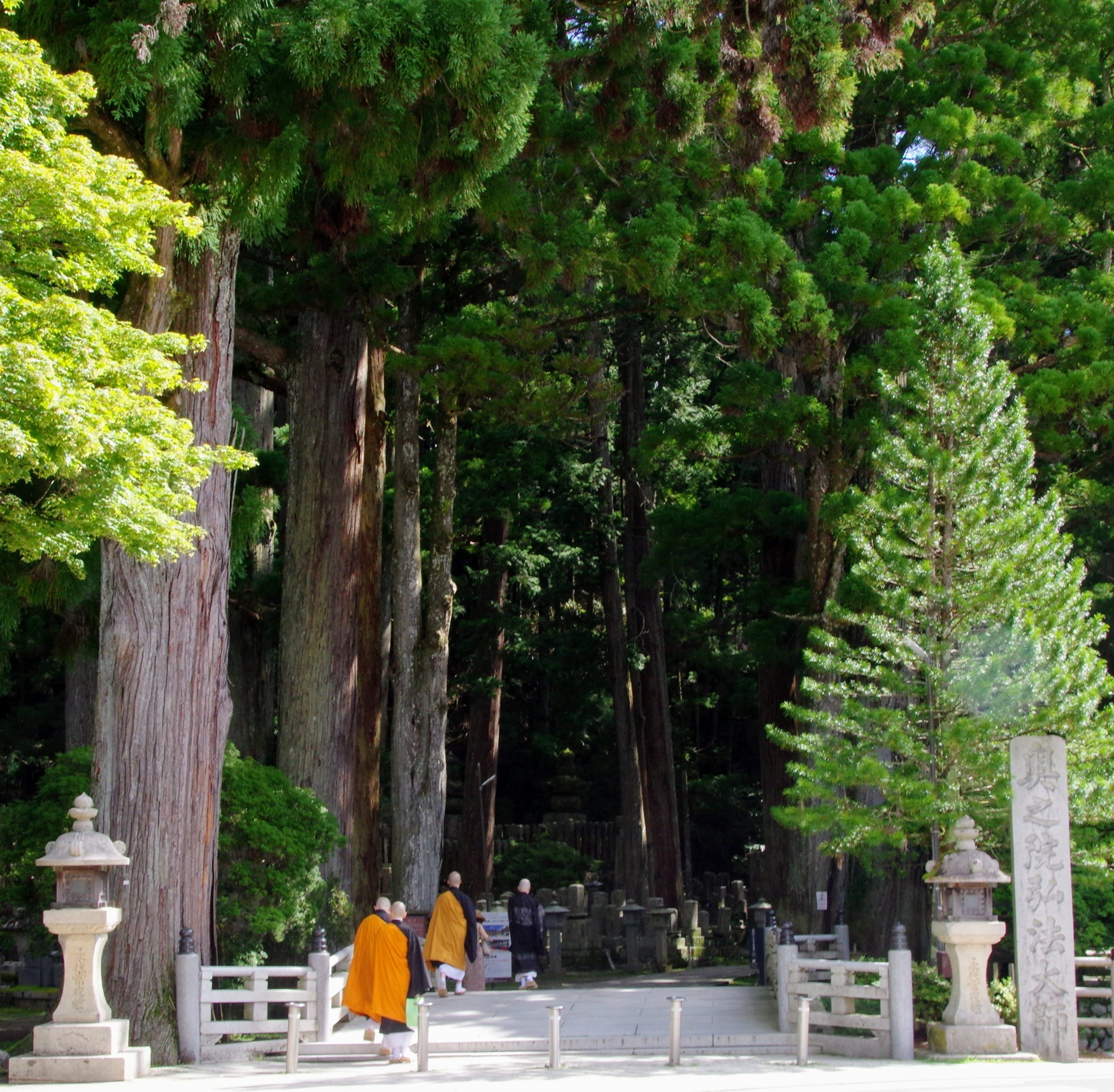
Ichinohashi is called Ichinohashi because it is the first bridge you cross at the entrance to the approach to Kobo Daishi's mausoleum. Its official name is Owatari Bridge. and it has been said since ancient times that Kobo Daishi welcomes and escorts people here. and even today. people pray in front of this bridge. clasping their hands together in prayer.
Nakanohashi

Nakanohashi is called Nakanohashi because it is located between Ichinohashi and Gobyobashi. It is officially called Chozubashi. and in the Heian period. people would purify themselves here. The river that flows through here has long been called Kin no Kawa. and it is said that gold is an euphemism for death. representing the river of death. or the Sanzu River. and that crossing this bridge means that you are about to enter the world of the dead.
Sweaty Jizo
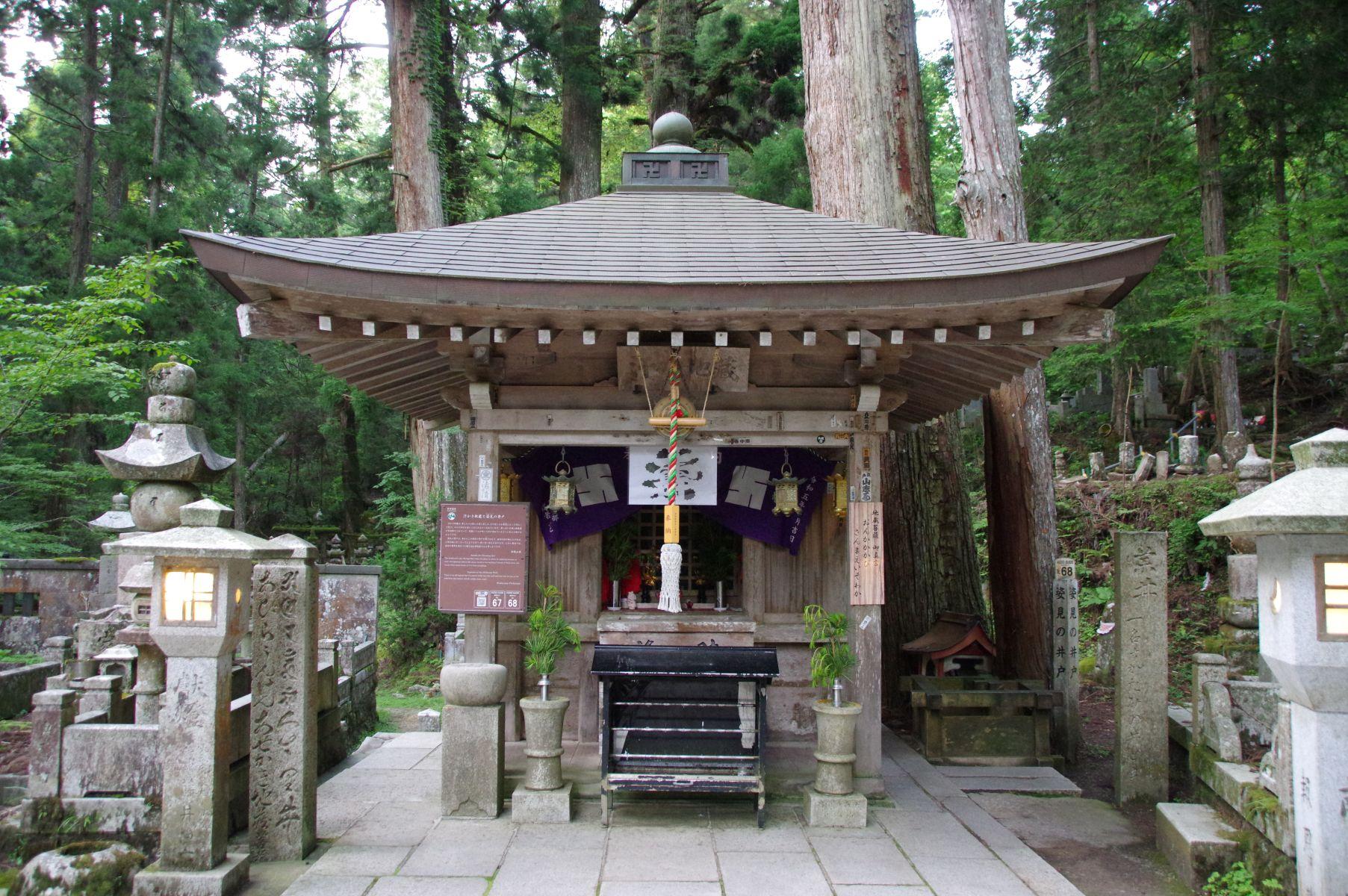
Just across the Nakabashi Bridge. in this Jizo Hall. you will find the Sweaty Jizo. It is said that this Sweaty Jizo is always sweating because he is taking on the suffering of the people of the world in their place.
Mizumuke Jizo
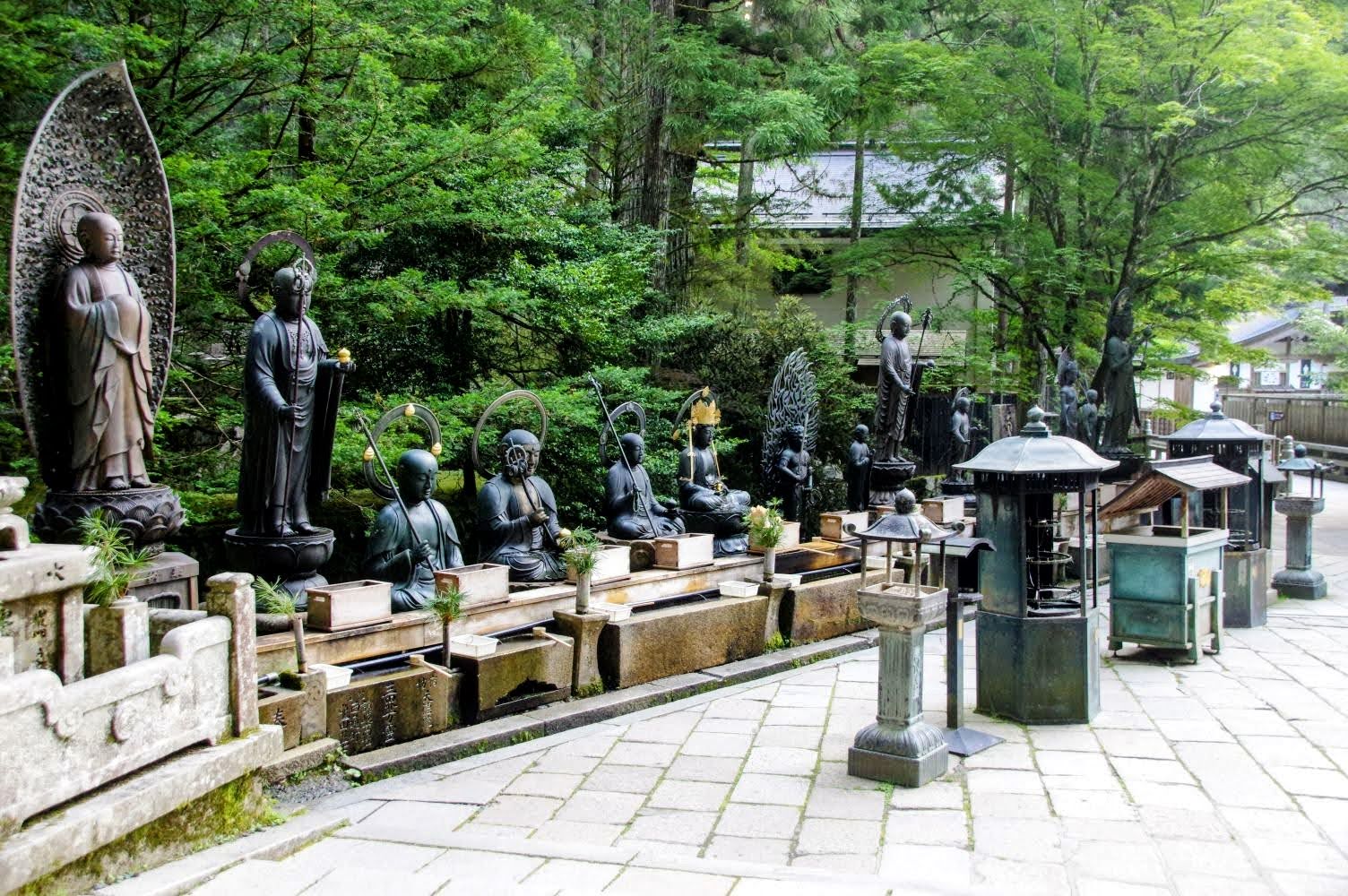
The golden Jizo Bodhisattva. Acala. and Kannon Bodhisattva are lined up with the clear waters of Tamagawa River behind them. People who visit the inner sanctuary purchase Mizumuke Toba at the offering hall. place it in front of this Jizo. and offer water to pray for the repose of their ancestors.
Tamagawa
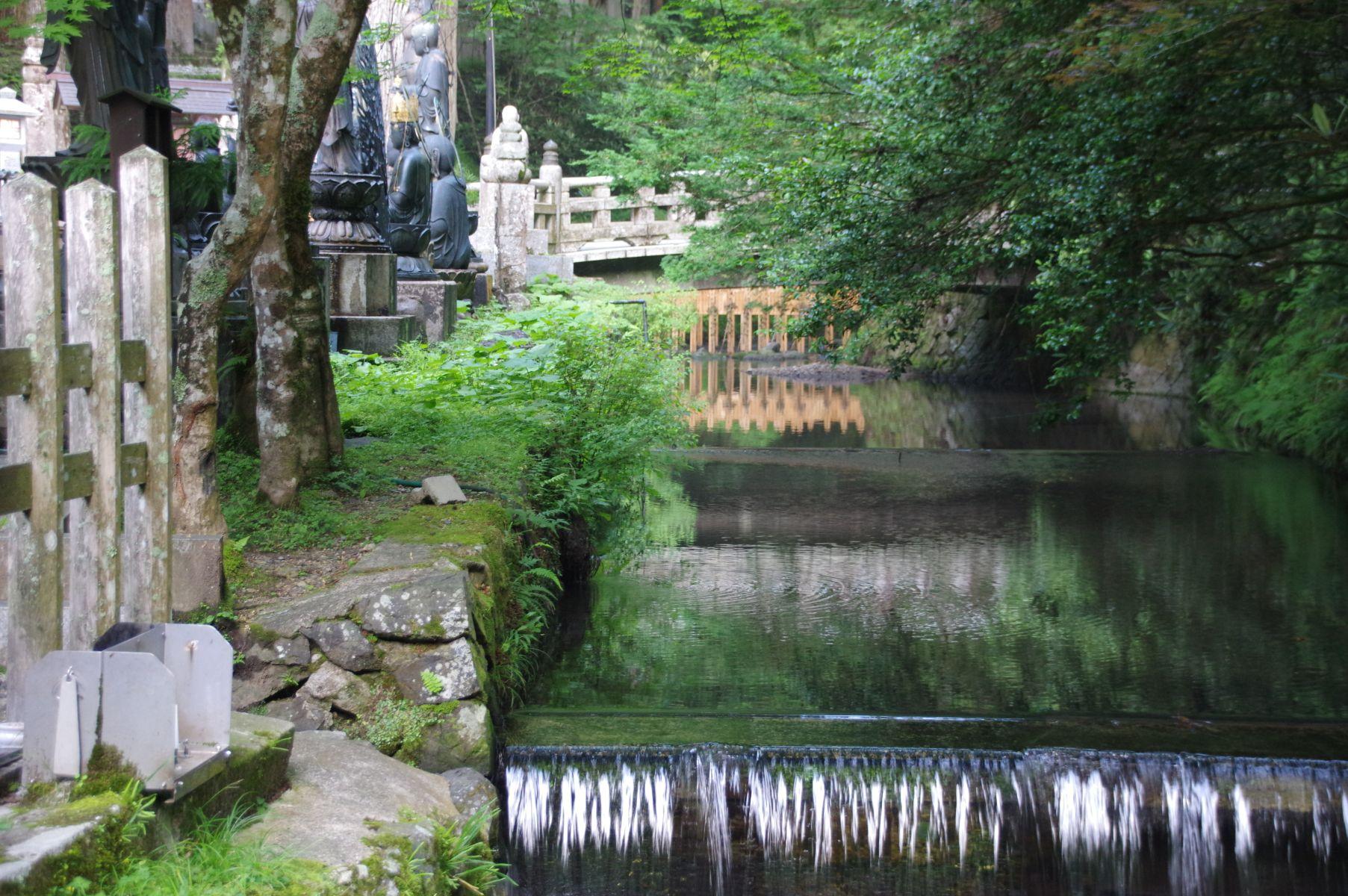
The river flowing under Mibyo Bridge is the pure water flowing from the sacred mountain of Mt. Yoryū. behind the inner sanctuary. The stupas erected in the river are called Nagare Kanjō. and were built to purify the spirits of those who have passed away from this world due to drowning or difficult childbirth. and to offer memorial services for them. There is also a legend that when some children were grilling fish on a skewer. the Daishi passed by and asked if he could have some of the fish. He then removed the skewer and released it into the Tamagawa River himself. and the fish came back to life and swam. Even now. you can see the spots on its back that are said to be the marks of the skewer.
Mibyo Bridge/Mibyo no Hashi
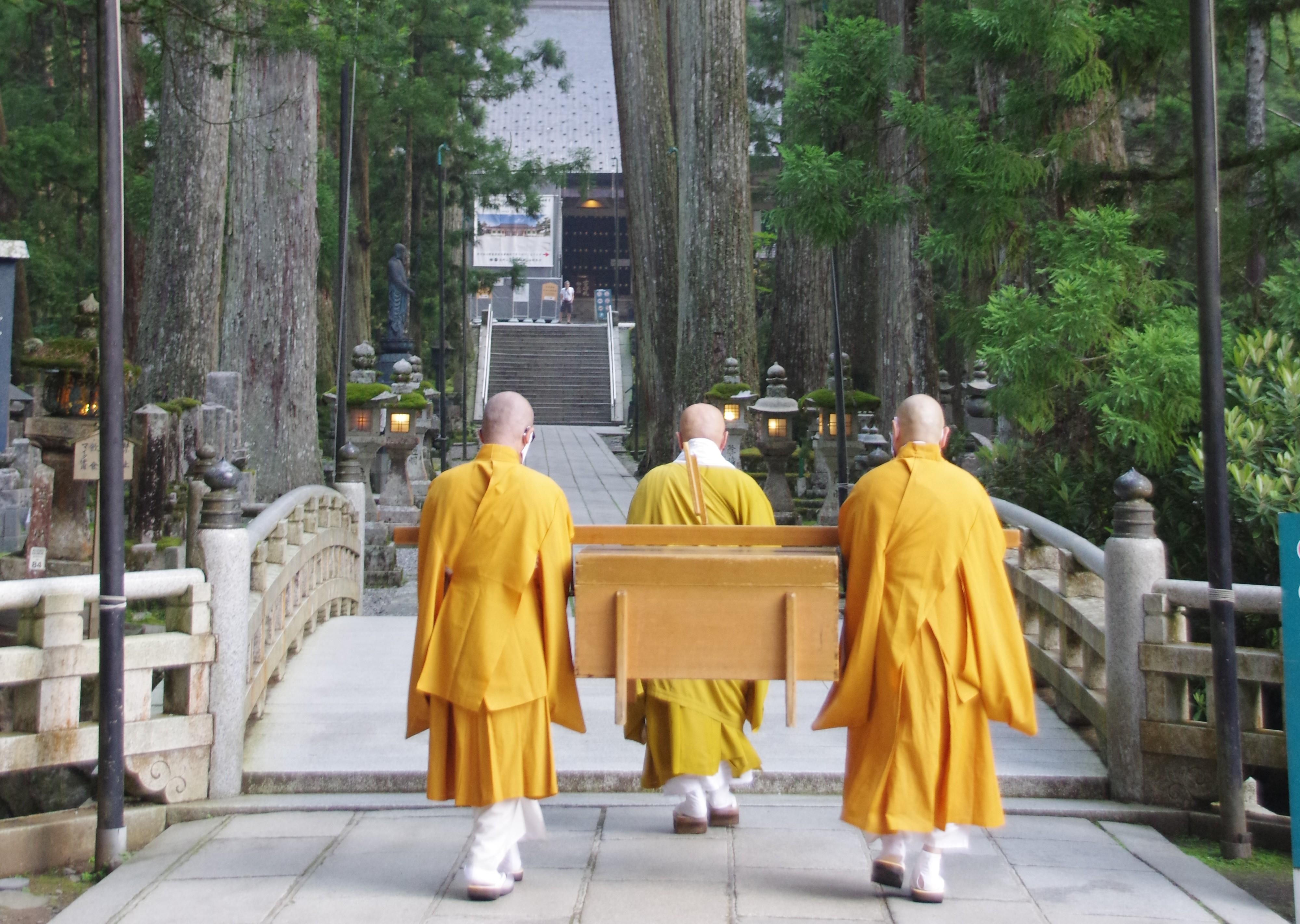
Crossing this bridge will take you into the sacred area of the Daishi's mausoleum. Those who cross this bridge should dress themselves up in front of the bridge. bow. and step into the sacred area with a pure heart. This bridge is made up of 36 planks and the entire bridge. which counts as 37 planks. and is said to represent the 37 deities of the Vajrayana realm. The backs of the planks are engraved with Sanskrit characters that represent the symbols of Buddha. It is said that it was on this bridge that Karukaya Doshin and Ishidomaru. father and son. first met. This bridge used to be made of wood. but has now been replaced with a stone bridge that is true to its original form.
Lantern Hall / toro-do
The Lantern Hall was first built by Shinzen Daitoku. and later. Fujiwara no Michinaga built a Lantern Hall of a similar size to the current one in 1023 (the third year of the Jin-ji era). At the front of the hall. there are two "Eternal Flames" that are said to have been burning for nearly a thousand years. One is the Kishinto. dedicated by Kishin Shonin. The other is the Shirakawato. dedicated by the retired Emperor Shirakawa. There is also a theory that this Kishinto is called Hinnyo no Itto (Poor Woman's Light) after the story of Oteru. who. at the urging of the Priest Kishin. offered the light with the money she raised by selling her own hair despite living in poverty. In accordance with this. the Shirakawa lantern is also called Choja no Tento (Choja no Manto). and this hall is where the legends of Poor Woman's Light and Choja no Tento remain.
Kobo Daishi Mausoleum/Kobo Daishi Mausoleum
This Kobo Daishi Mausoleum is the center of the faith in Daishi and a sacred tomb. It is surrounded by the three thousand-year-old cedars of Tenjiku. Yoryu. and Mani. and has a deep and solemn appearance. On March 21. 835 (Jowa 2). at the hour of the tiger. the Great Master passed away at the age of 62. just as he had predicted. Before his passing. the Noryobo and Soshudo halls had already been built on the plateau along the clear waters of Tamagawa River. and it is said that the Great Master himself had decided to make this his mausoleum. After his passing. his disciples built the mausoleum at the planned location. and 86 years after his passing. in 921 (Engi 21). Emperor Daigo bestowed the posthumous title of Kobo Daishi on him. It is said that if you pray at this mausoleum. the Great Master will surely answer. and even today. there is no end to the number of worshippers who offer prayers in front of the mausoleum as it is a sacred place for those who have passed away.
Sohonzan Kongobu-ji Temple
Kongobu-ji Temple was originally the residence of Shinzen Daitoku. On October 17. 1131 (the first year of Tensho). the monk Kakuban Shonin built Daidenpoin Temple with the permission of the retired Emperor Toba. Later. Toyotomi Hideyoshi ordered the monk Mokujiki Ogoshonin to build a temple here to pray for the soul of his deceased mother. The temple was called Seigen-ji Temple and became the residence of the monk Ogosho. Afterwards. it was destroyed by fires several times. but the current main hall was rebuilt in 1863 (Bunkyu 3). In March 1869 (Meiji 2). the two temples. Seiganji and Kosanji. were merged. and the position of chief priest was established to oversee Shingon Buddhist temples throughout the country. Currently. it is the home of the chief priest of Koyasan Shingon Buddhism and the head priest of Kongobu-ji Temple. and serves as the head temple of the Koyasan Shingon sect. which is the head temple of over 3.000 temples and has approximately 10 million followers. and was founded with the Okunoin Sobyo temple as the center of faith.
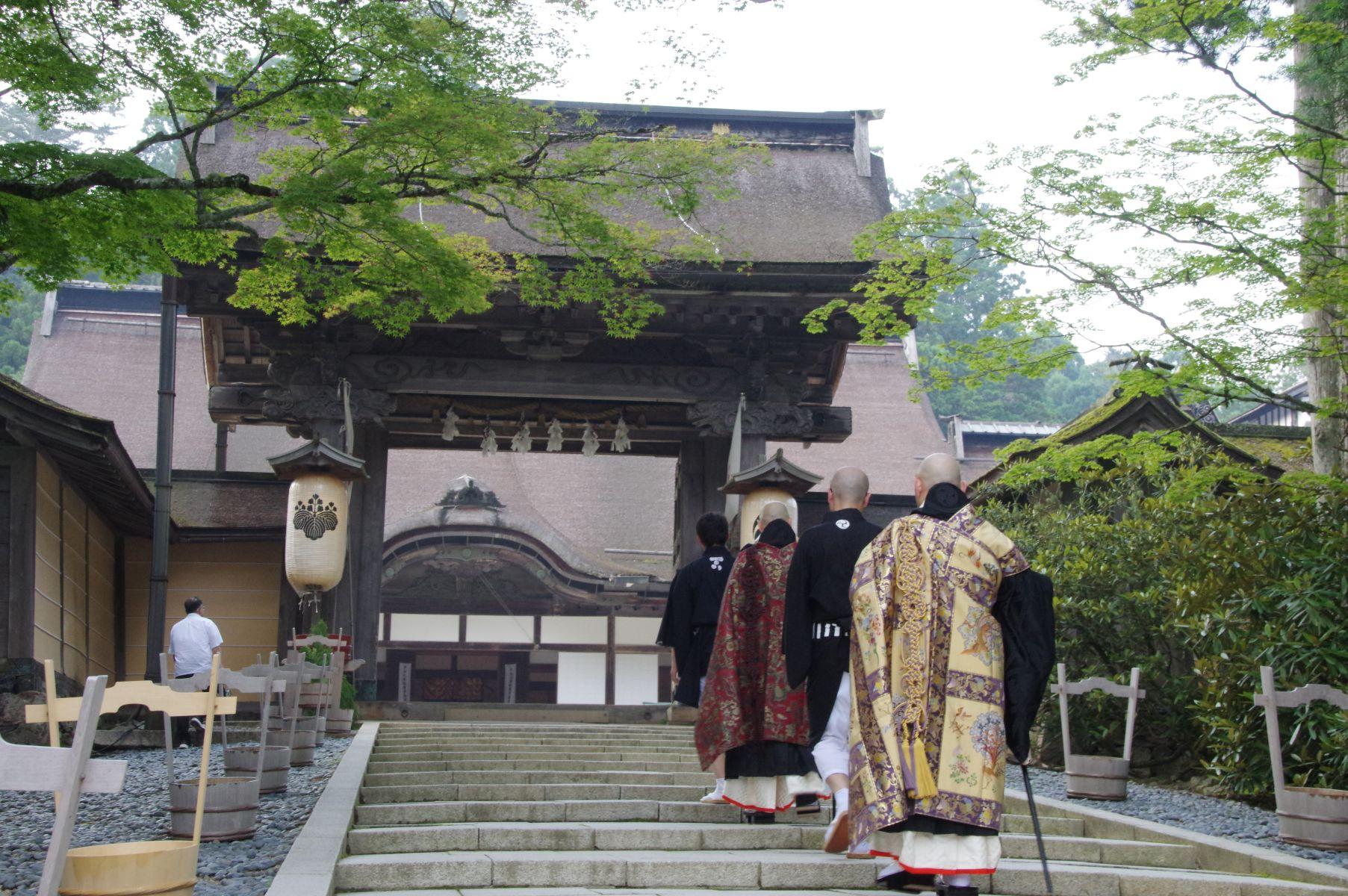
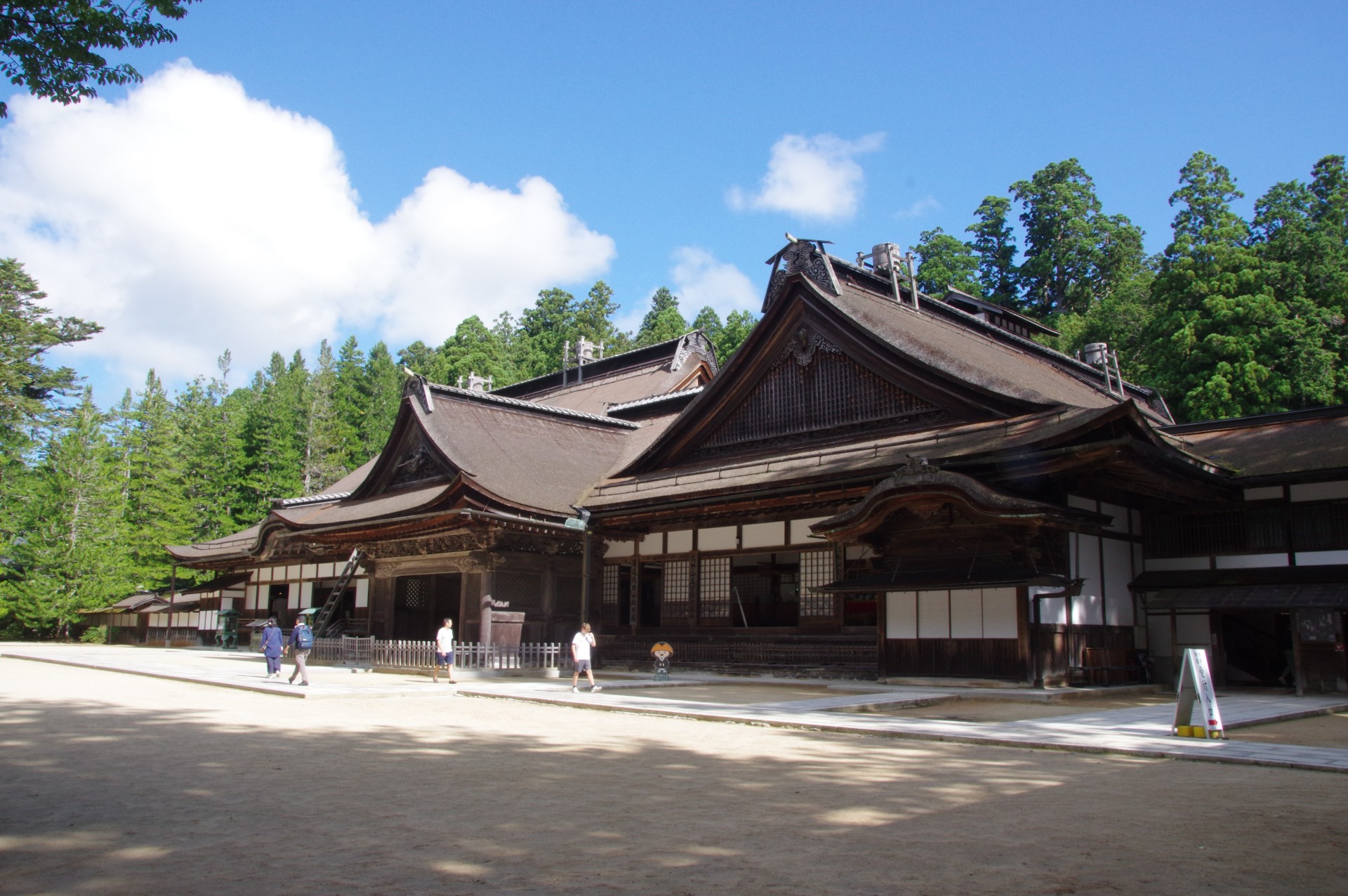
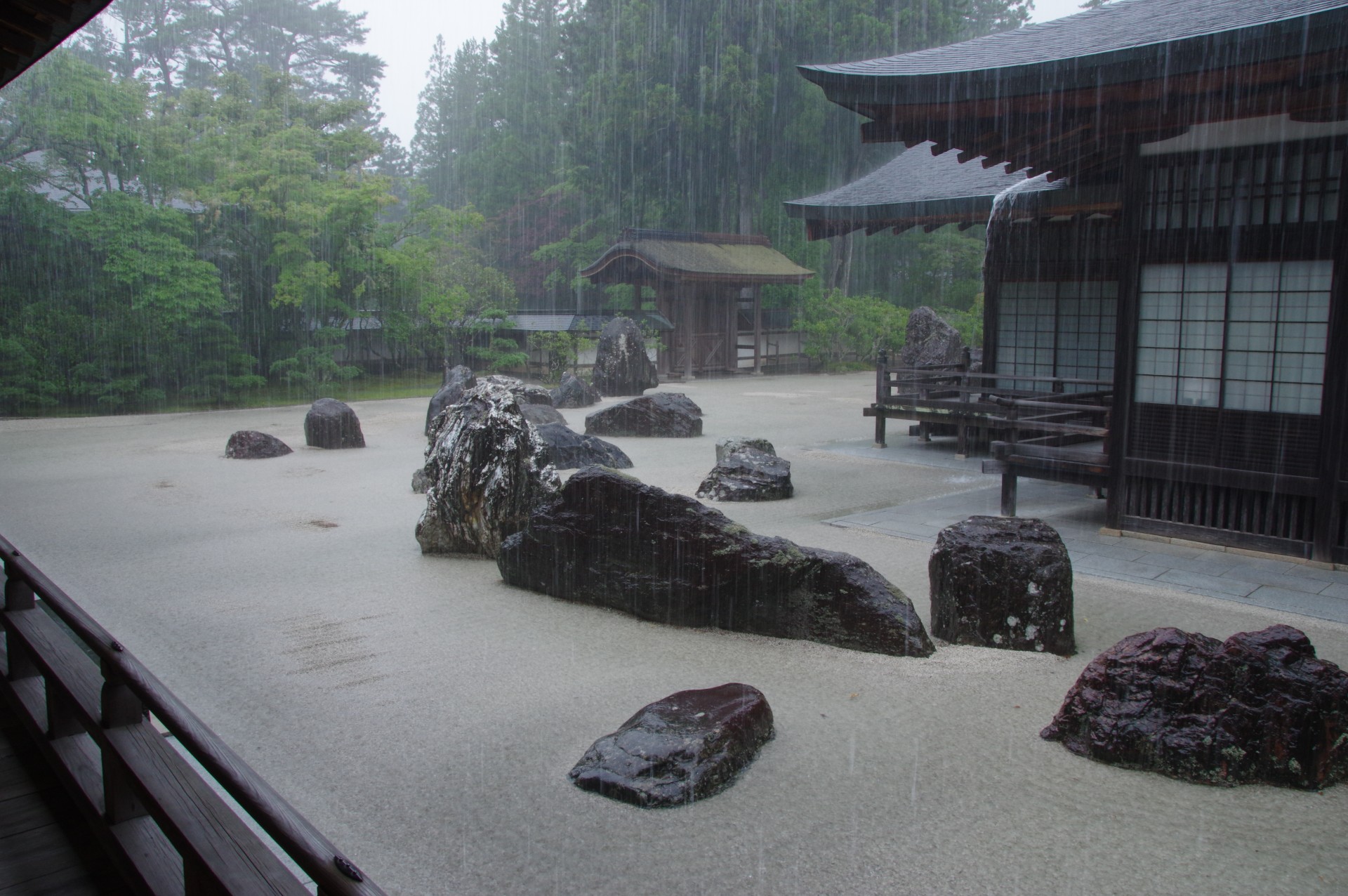

Banryutei

It was built in 1984 (Showa 59) for the 1150th anniversary of the death of Kobo Daishi. along with the new annex. There is the Imperial Gate (Chokushimon) at the back on the left. and in front of that is the inner sanctum. It is the largest rock garden in Japan. In the sea of clouds. a pair of male and female dragons face each other. expressing the aspect of the golden womb and the dragons guarding the inner sanctum of the main temple. The dragon is made of 140 blue granite stones from Shikoku. the birthplace of the great master. and the sea of clouds is made of Shirakawa sand from Kyoto.
Danjo Garan

The Garan. along with the Okunoin. are the two major sacred sites of Mount Koya. After receiving this land. the Great Master performed the ritual of the Shichiri Barrier and held a groundbreaking ceremony for the Garan. centered on the current site of the Great Pagoda. On May 3. 819 (Kōnin 10). he invited the two gods of Nyu and Kariba Myojin as the landlords. and further planned the construction of the Great Pagoda. the Golden Hall. and other halls and monks' quarters on the platform.
Daito

This pagoda is said to have been completed over a period of 70 years. starting from 816. during the reign of Kobo Daishi and Shinzen Daitoku. Kobo Daishi built this pagoda as a symbol of the main training hall of Shingon Esoteric Buddhism. so it is called the Konpon Daito (Great Pagoda of the Root). and it is the first Tahoto pagoda in Japan. The principal image is Taizo Dainichi Nyorai (Taizō Dainichi Nyorai). surrounded by the four Buddhas of the Vajrayana realm. and the 16 pillars are decorated with 16 great bodhisattvas by the master painter Domoto Insho. The four corner walls are decorated with the eight patriarchal figures who transmitted esoteric Buddhism. forming a three-dimensional mandala. These paintings and the exterior walls were restored and repainted as part of the major Heisei restoration. The two Buddhas enshrined on the north side are Tamonten and Jikokuten. said to have been made in the Edo period and originally placed in the middle gate. The building is 48.5m high. 23.5m wide and has four sides. and the current building was rebuilt in 1937 (Showa 12).
Kondo

When Koyasan was founded. it was called the lecture hall. and since the mid-Heian period it has played an important role as the main hall of the temple. The current building is the seventh reconstruction. completed in 1932 (Showa 7). It has a gabled roof and the principal image is the Yakushi Nyorai Buddha by Takamura Koun. The murals inside are by painter Kimura Buzan. On both sides of the inner sanctuary. there are copies of the so-called "Blood Mandala." which was painted by Taira no Kiyomori with the blood of his own forehead.
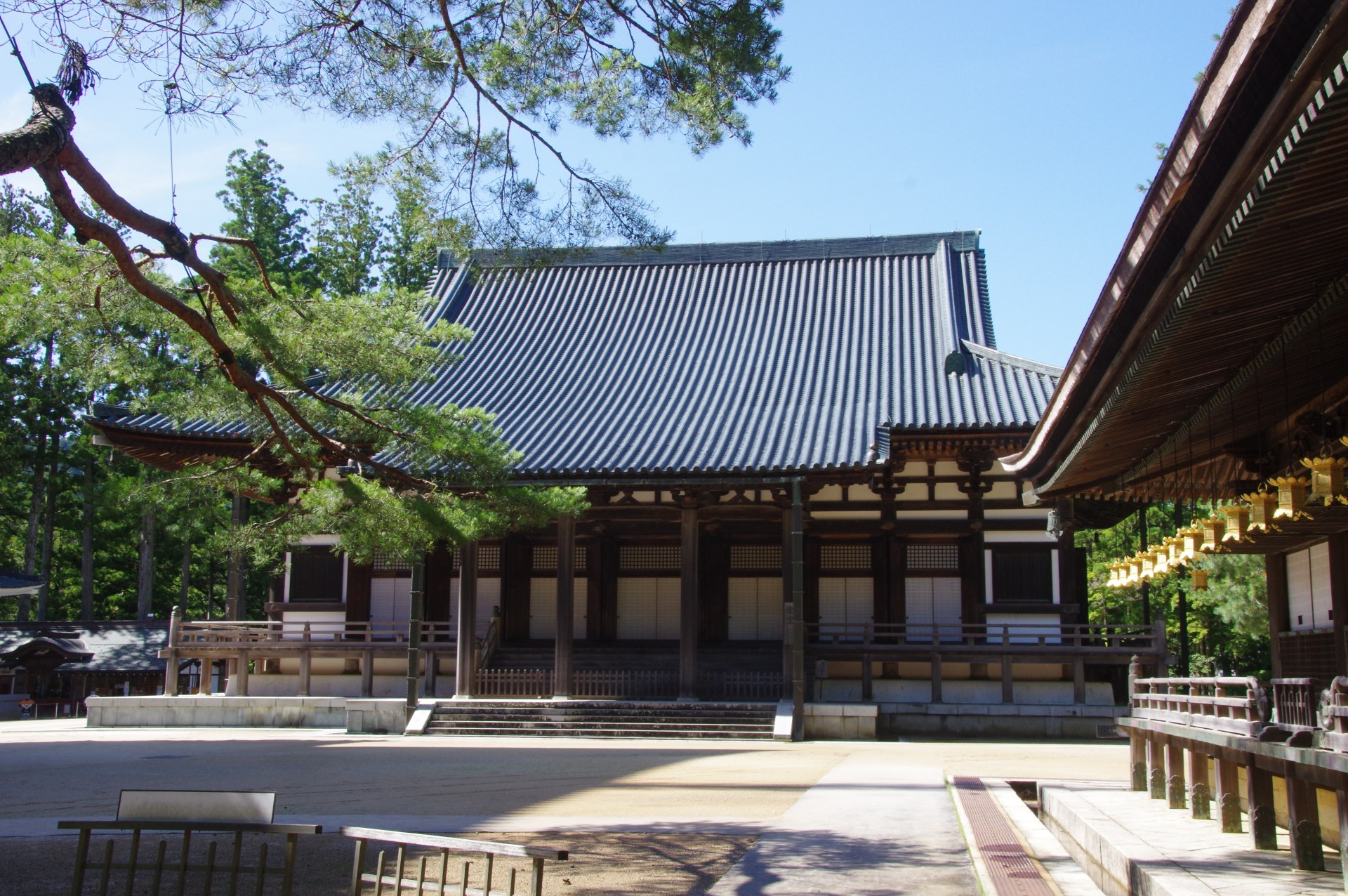
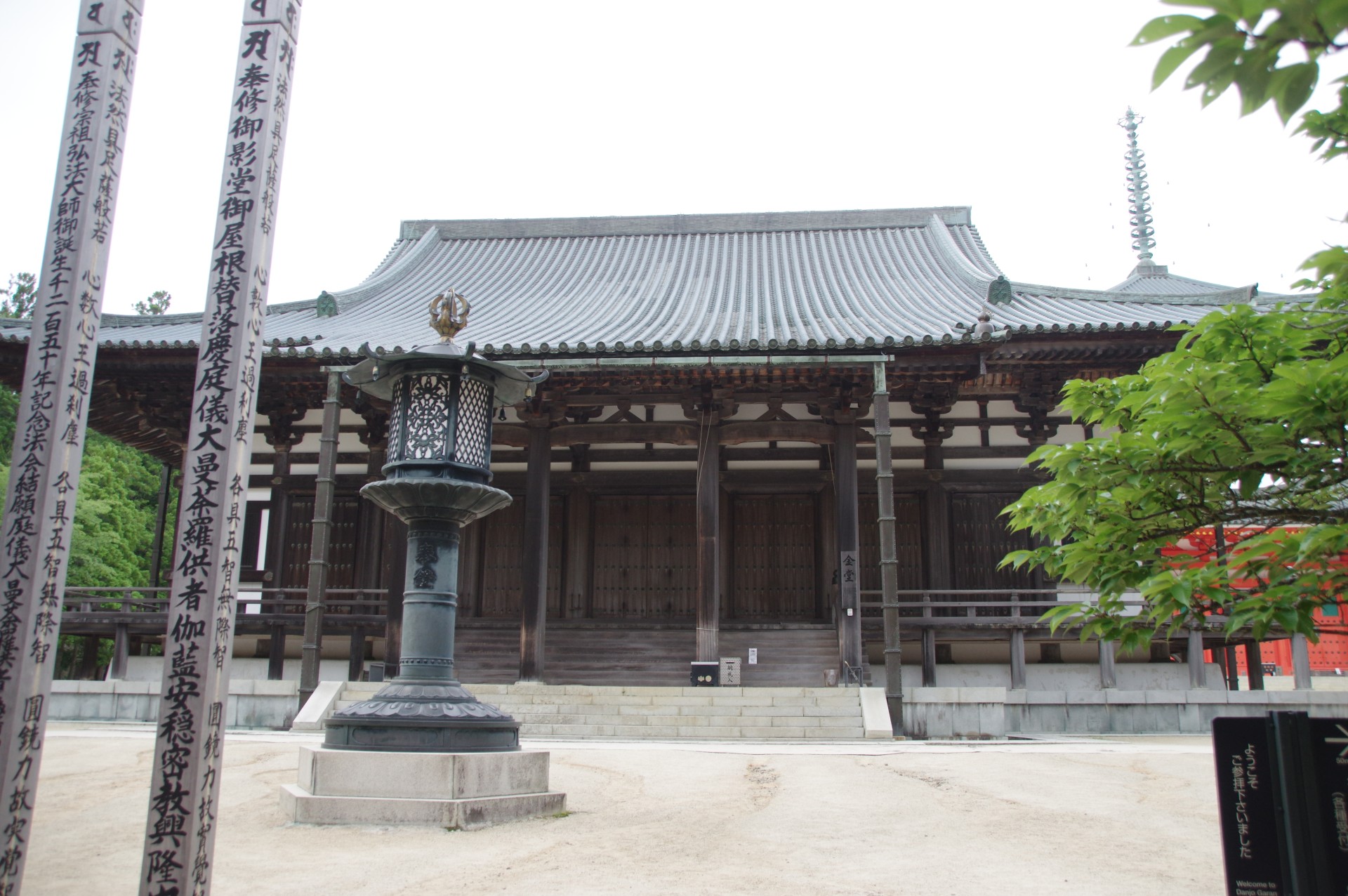
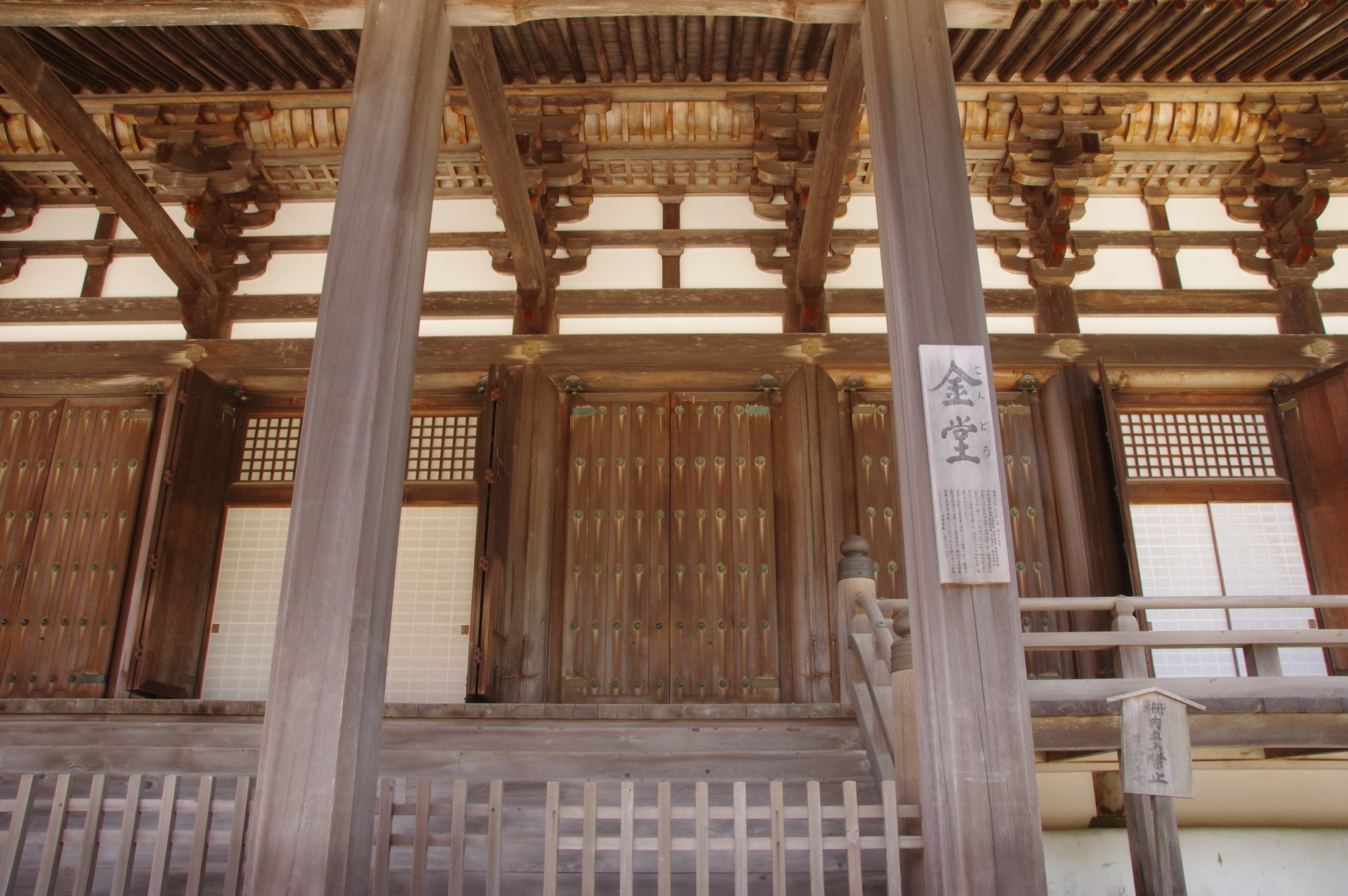
Mieido

This hall. built in the style of a hogake style building in front of the legendary Sanko Pine. was originally the Daishi's personal Buddha hall. It was later named Miei-do Hall after the Daishi's portrait painted by Shinnyo Shinno was enshrined there. In the outer sanctuary of the hall. portraits of the Ten Great Disciples are hung as if to protect the Daishi's portrait. The current building was rebuilt in 1847 (4th year of the Koka Era) after it burned down in 1843 (14th year of the Tenpo Era).
Fudo-do / National Treasure of Japan
This hall was built in 1197 (Kenkyu 8) by Gyosho Shonin. the founder of Koyasan Isshin-in Temple. at the request of Hachijo Nyoin. the daughter of Emperor Toba. It was later moved to its current location in 1910 (Meiji 43) during the repair of the national treasure building. The current building is a Japanese-style building from the Kamakura period. which applies the Heian period residential style to Buddhist temple architecture. The principal image is Acala. and the attendant deities are the Eight Great Children created by Unkei. The Fudo-do and the Eight Great Children are designated as national treasures or important cultural properties.
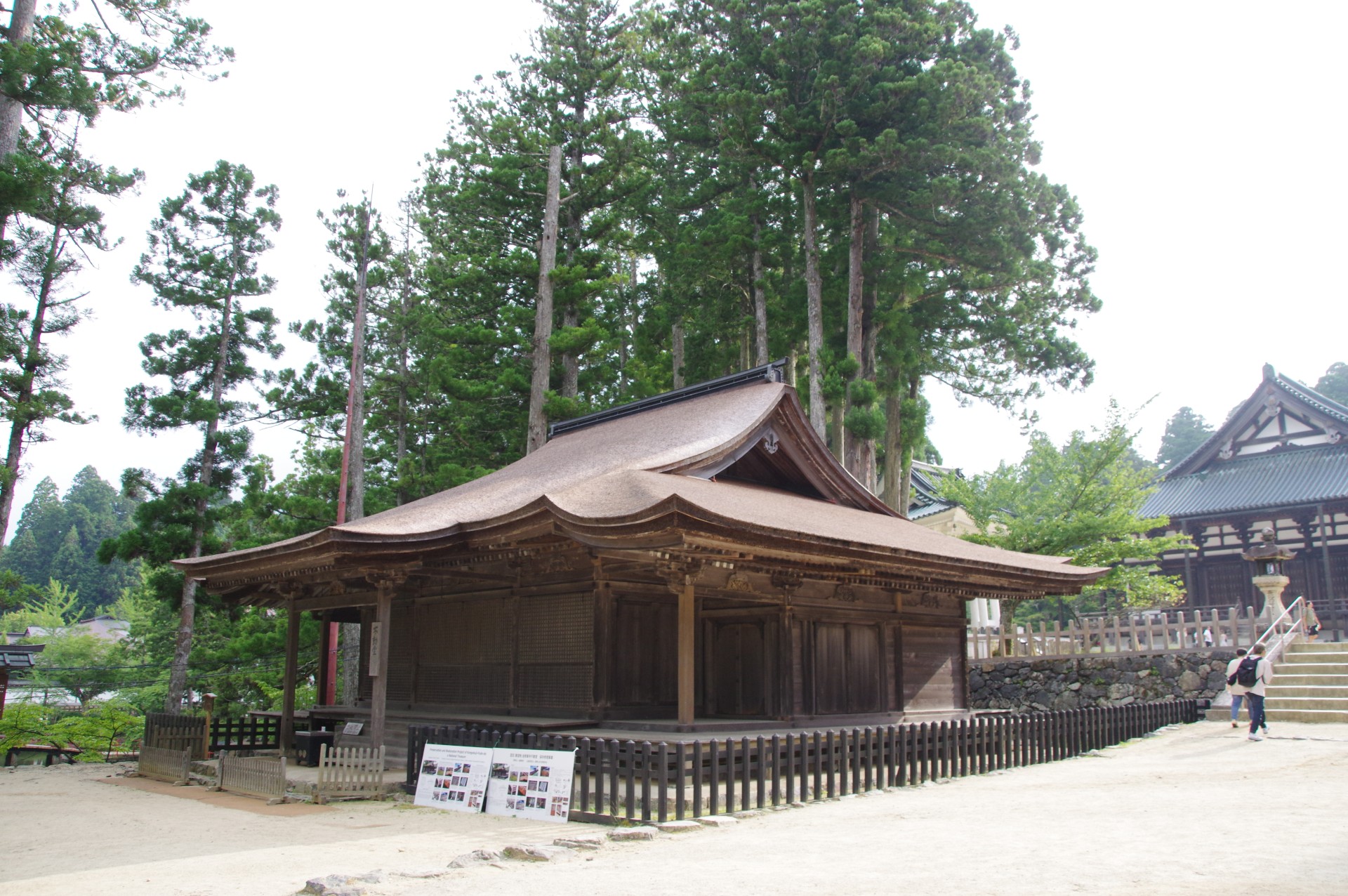
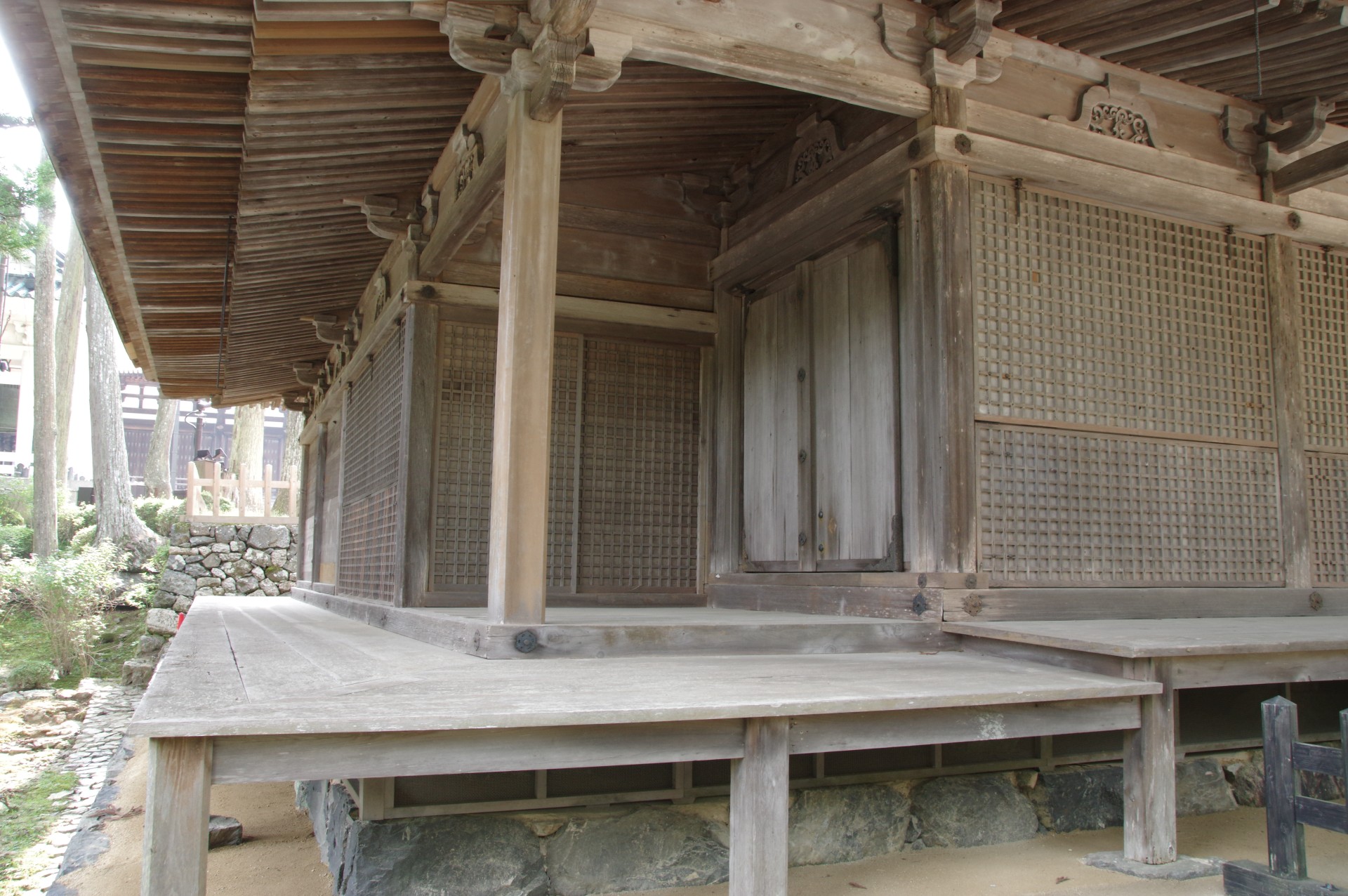
Sanko no Matsu / Sanko no Matsu
When Kobo Daishi returned from China. he threw a ritual implement called a sanko toward Japan from the beach in Mingzhou in search of a suitable place to spread Shingon Esoteric Buddhism. It is said that the pine tree was a sacred tree that was soon enshrined in purple clouds when Kobo Daishi visited the Koyasan area and heard from a hunter that there was a pine tree that emitted light every night. When he went to the pine tree. he found the sanko that he had thrown from China stuck in it. and Kobo Daishi decided that this was the place to spread Esoteric Buddhism. This pine tree has the same three leaves as the sanko. and is still enshrined as a sacred tree.
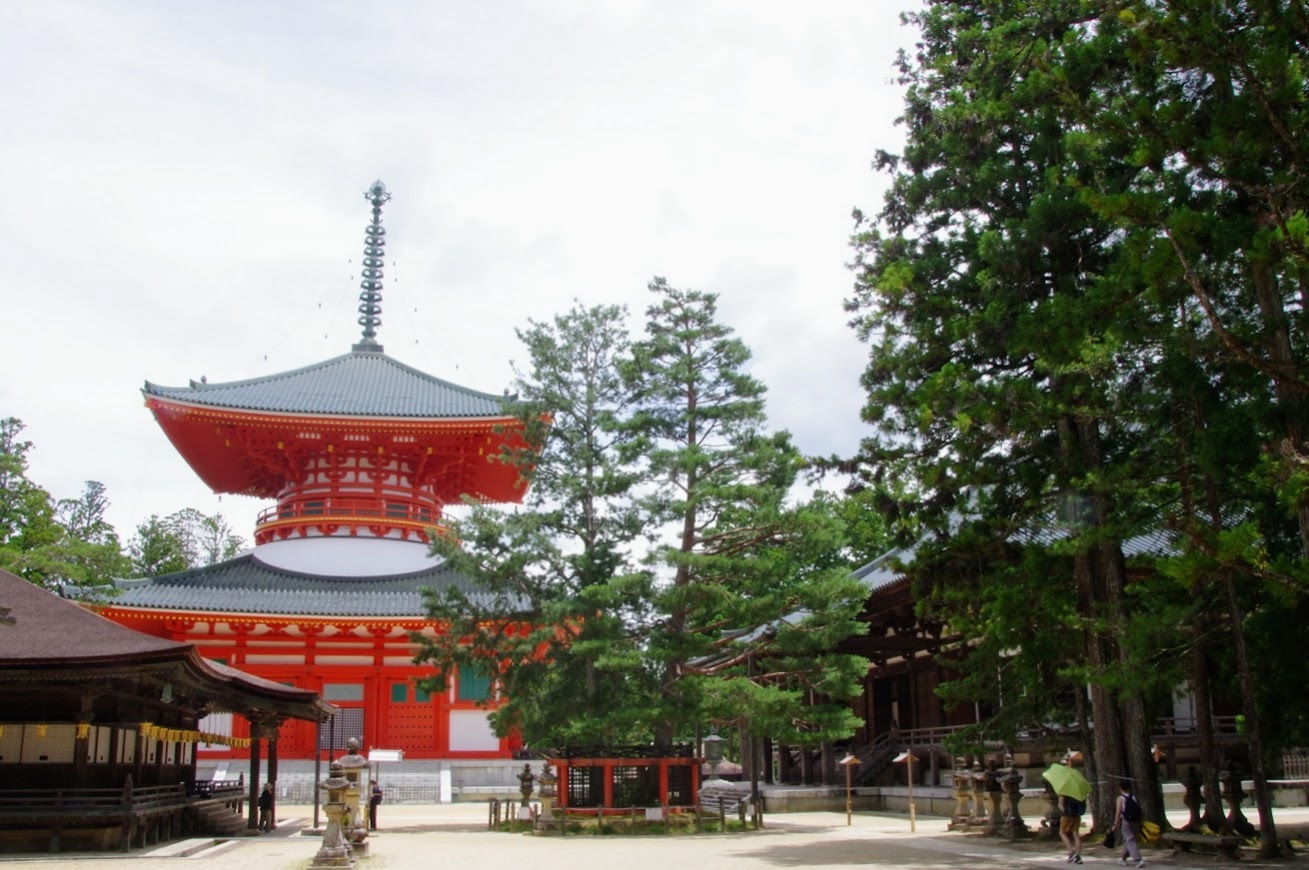

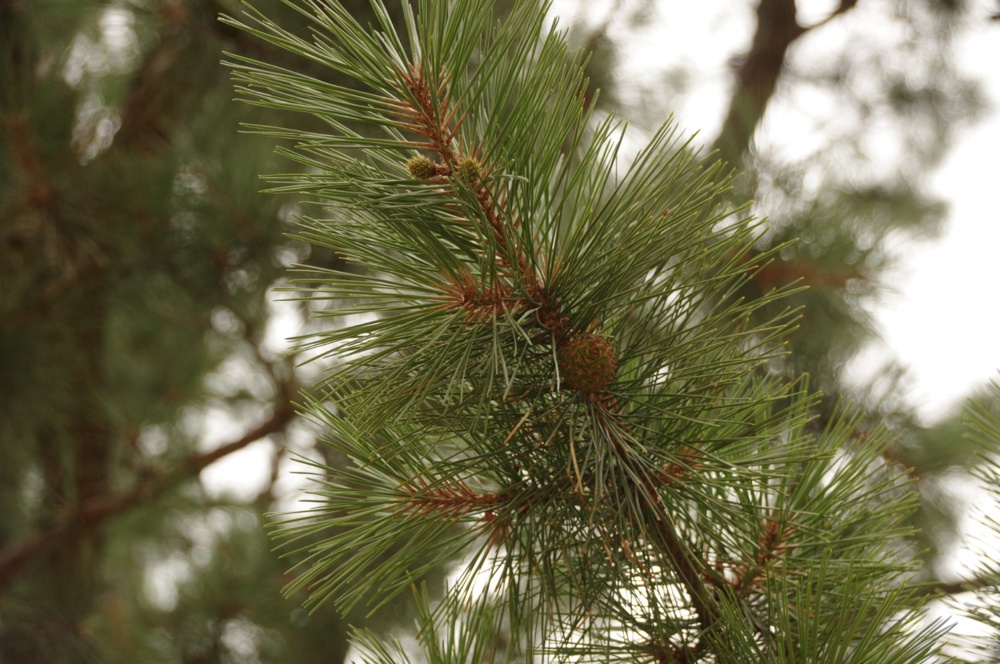
Lotus Pond/hasu-ike
During the latter half of the 18th century. droughts occurred frequently. and the priest Zuisouin Jiko donated the statue of the Dragon King and the relics of the deity. In the spring of 1771 (Meiwa 8). a small shrine was built on the island in the lotus pond and enshrined there. In 1996 (Heisei 8). the shrine and the bridge were restored. Flowers and trees that bloom in all seasons are planted around the pond. making it a famous scenic spot.
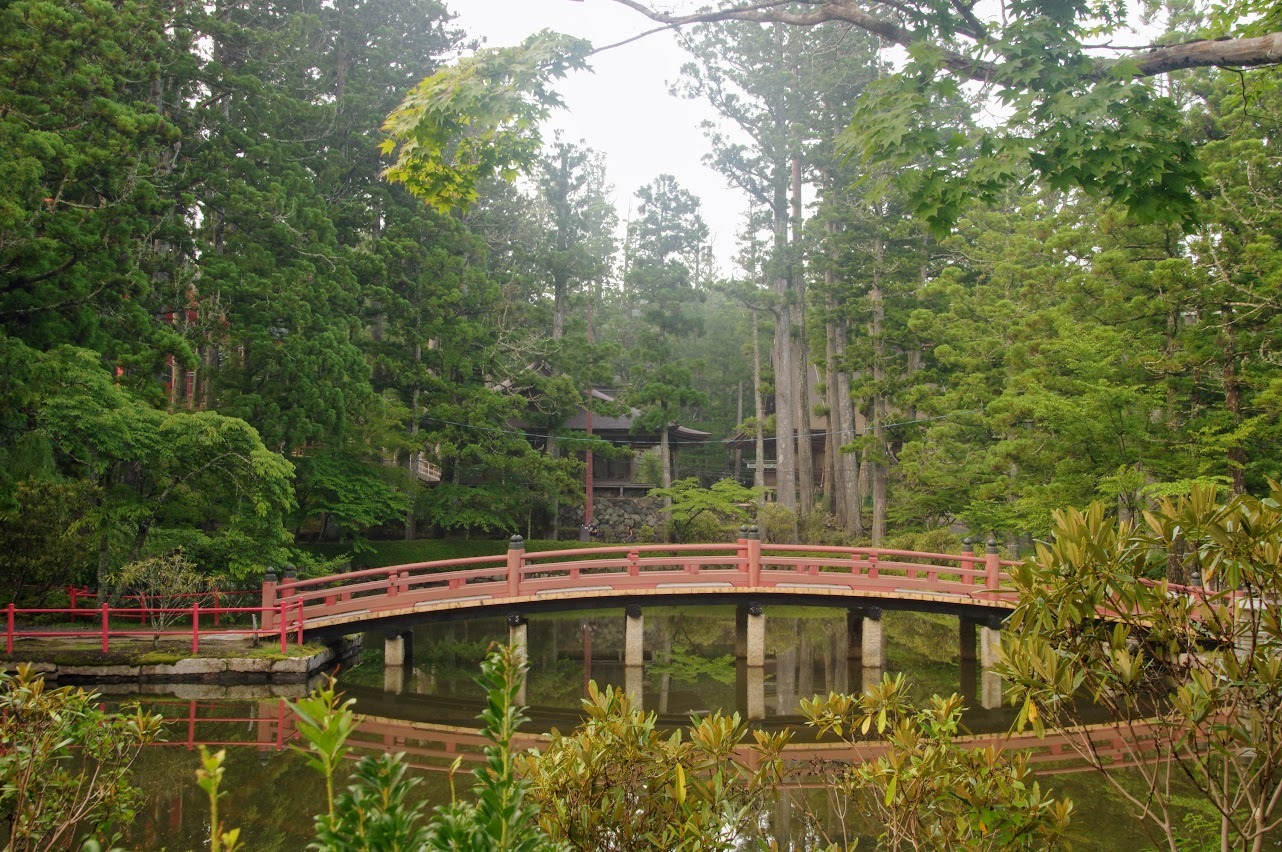
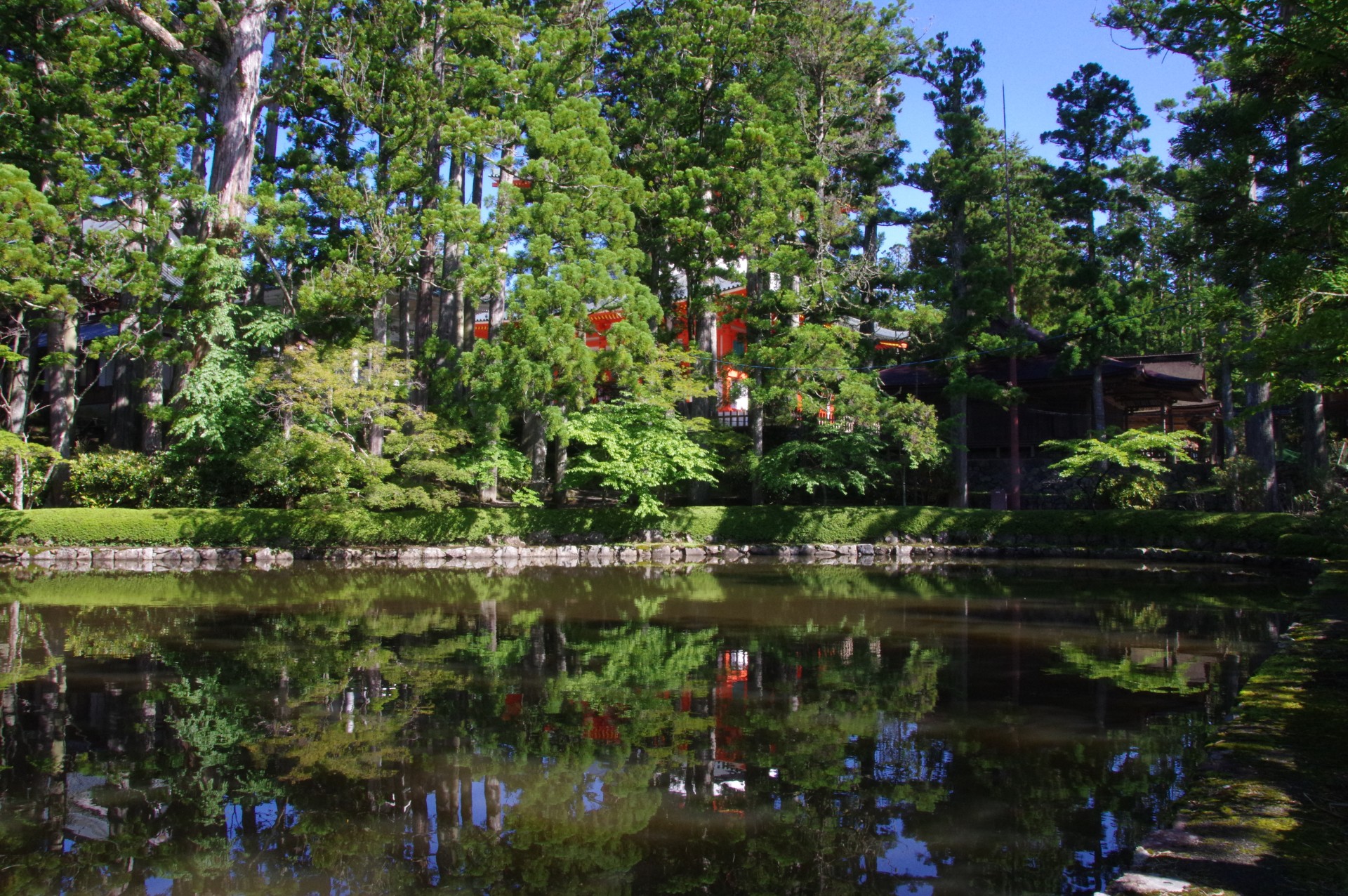
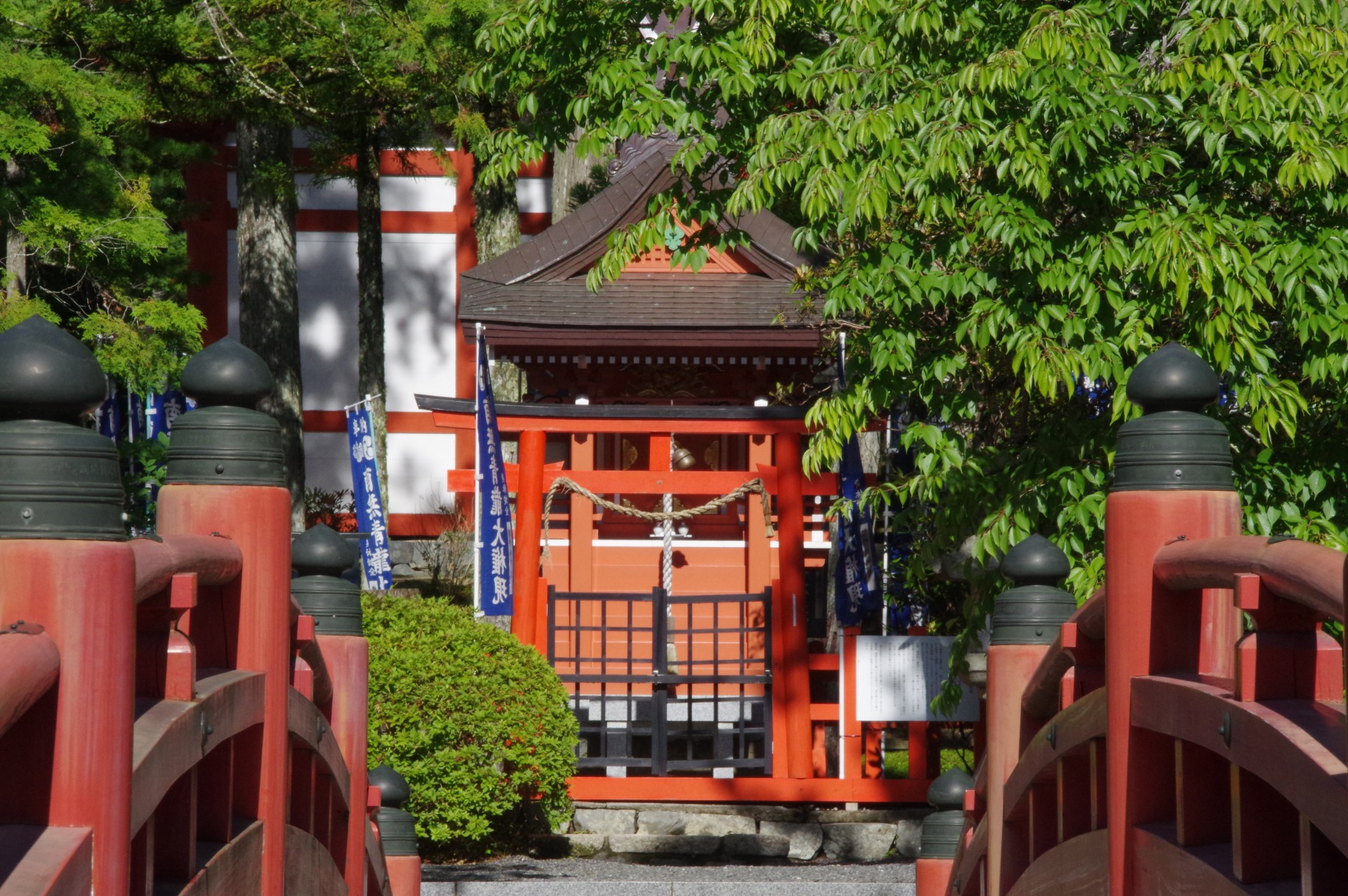
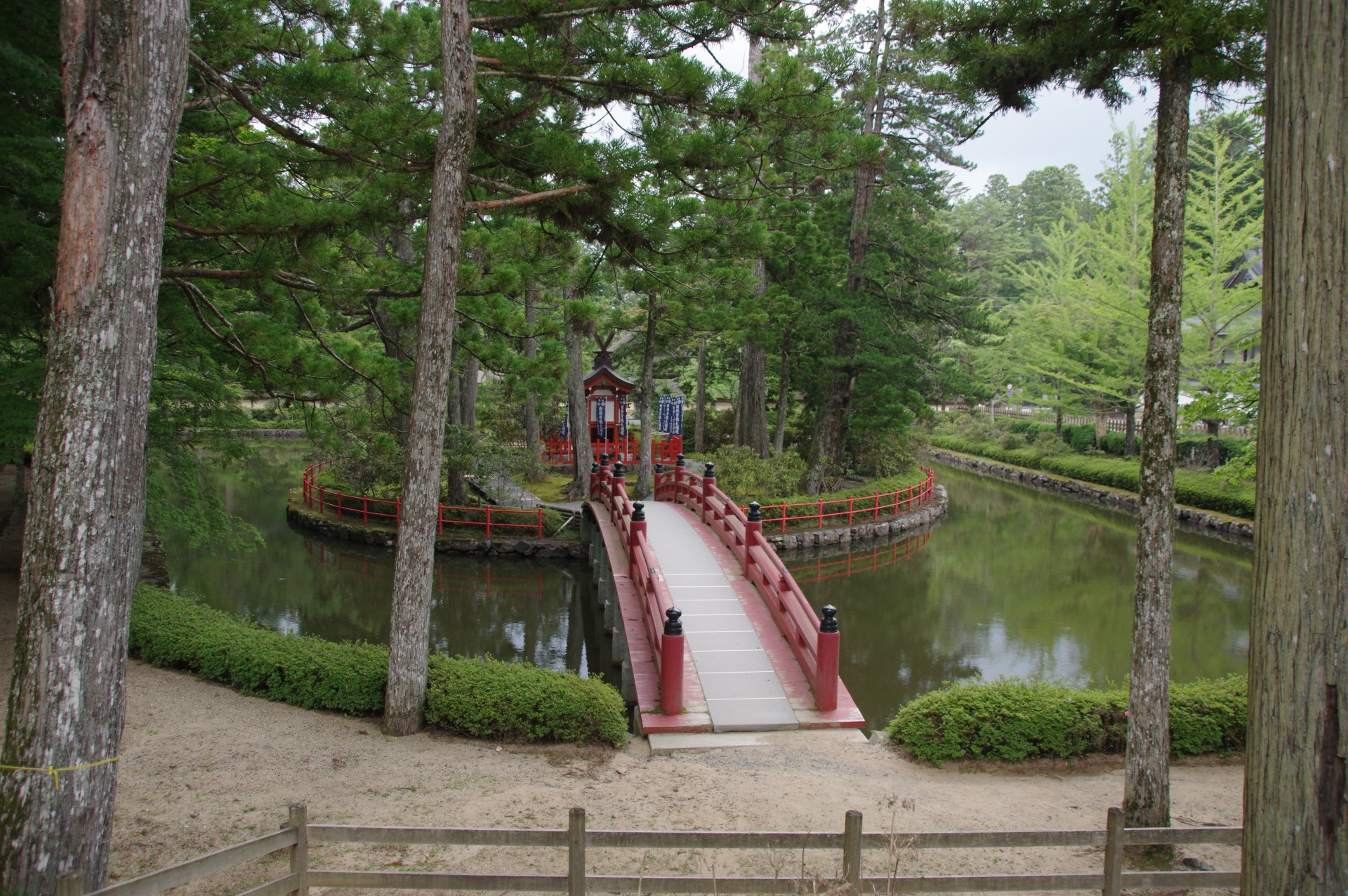
Reihokan
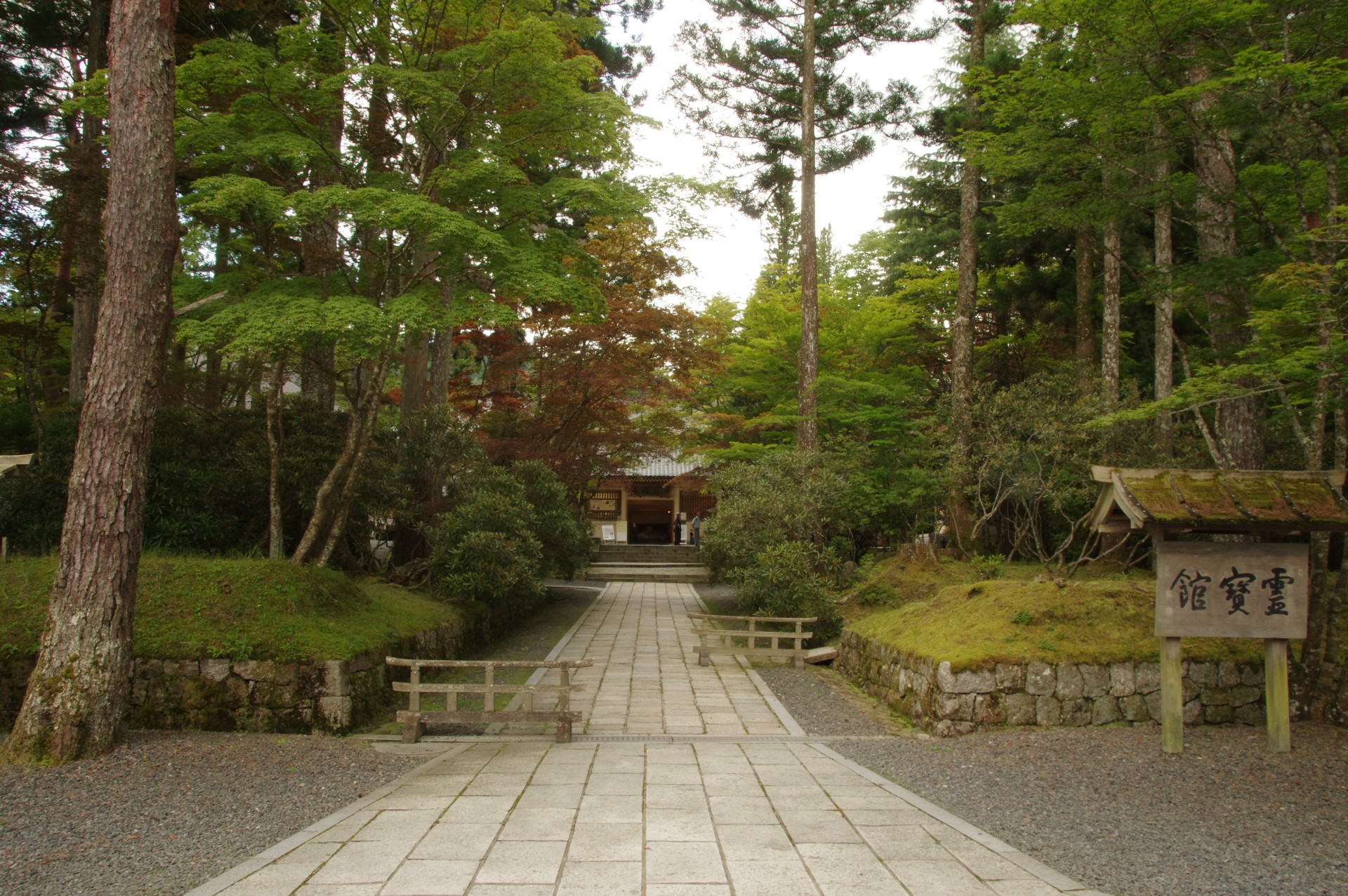
This building was built in 1921 (Taisho 10) to store and display approximately 4.700 national treasures. 14.000 important cultural properties. and 2.800 prefecture-designated cultural properties that are handed down in temples within the temple complex. including the main temple. The building's style is elegant. modeled after Byodo-in Temple in Uji. In addition. as part of the commemorative project for the 1.150th anniversary of the death of Kobo Daishi in 1984 (Showa 59). a new storage facility that can be viewed together with the main building was built next to the Reihokan.
Daishi Kyokai Headquarters
This building is the headquarters that oversees the Koyasan Kongo Ko branch. the Daishi Kyokai branch. the Koyasan Religious Dance Headquarters. and the Million Society members nationwide. and is the central building for religious activities at Koyasan. This Great Hall was built in 1915 (Taisho 4) as a commemorative project for the 1100th anniversary of the temple's founding. Every year. the National Eika Competition and Religious Dance Competition are held in this Great Hall. In addition. in the precept hall. you can receive the Bodhisattva Ten Good Precepts. which can be said to be the creed we live by every day. in a pitch-black hall.
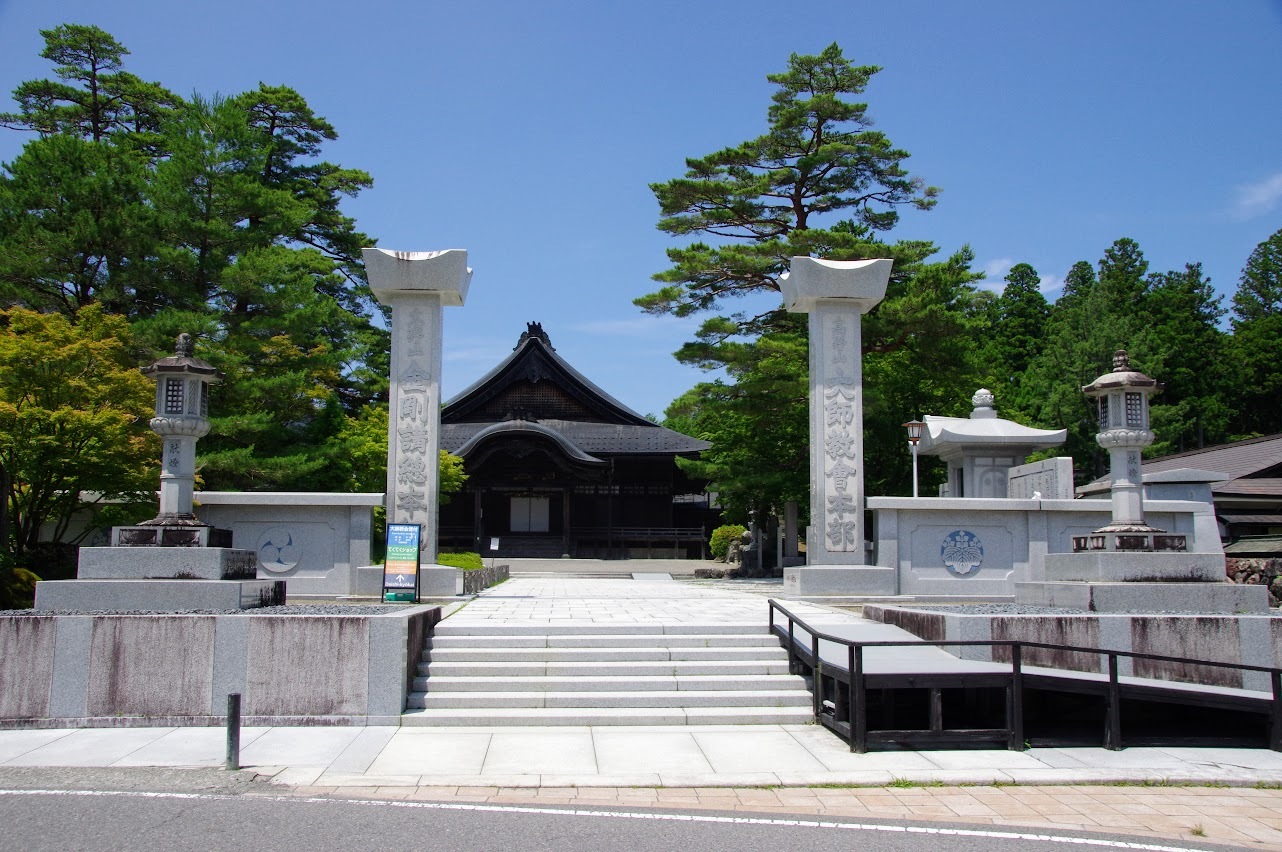
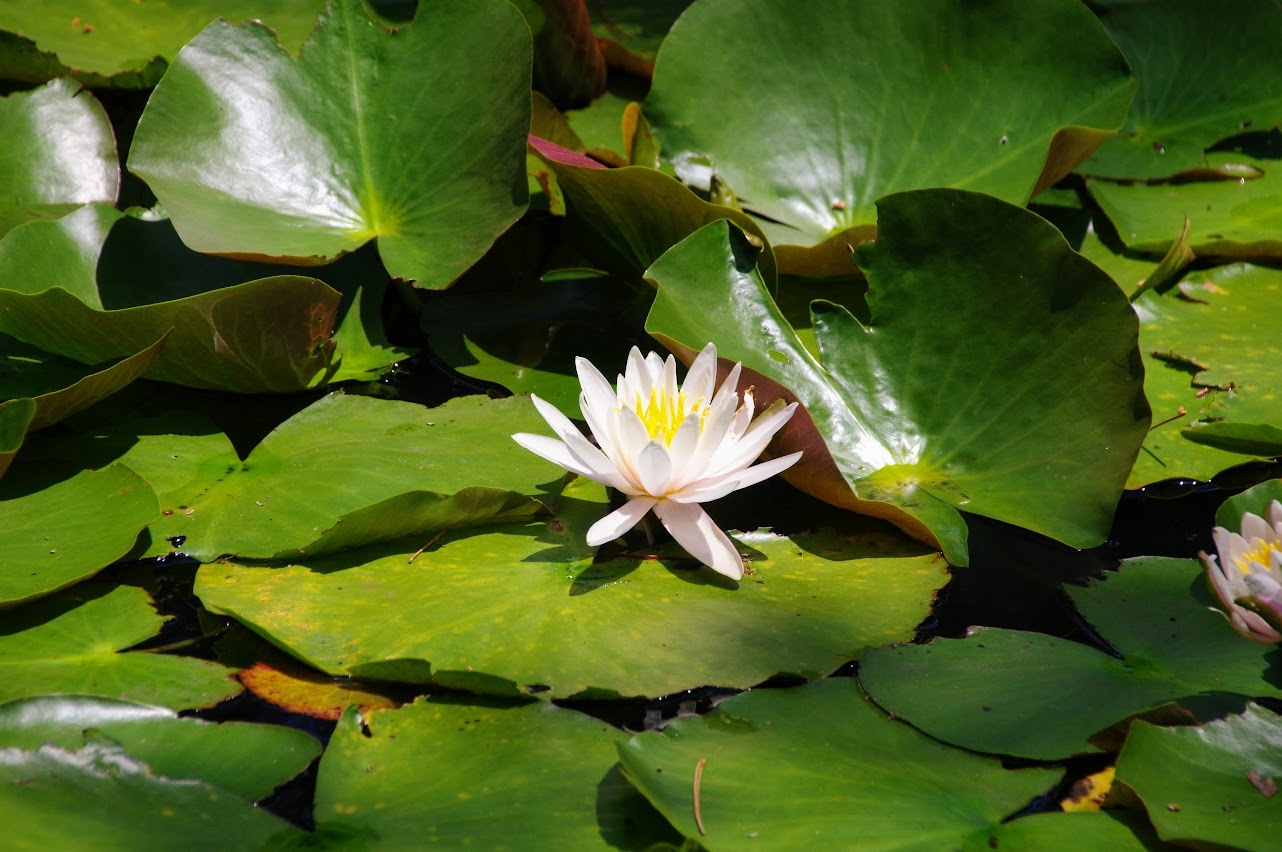

Daimon
Daimon was built in its current location as the main gate of Mount Koya around the end of the 11th century. but when Kobo Daishi first founded the temple. the torii gate was built in Tsuzuraoridani. a little lower than the current location. The current building was rebuilt in 1705 (2nd year of the Hoei era). and the two Kongorikishi statues. Agyozo. and Ungyozo. on either side. are masterpieces by Edo period Buddhist sculptors Koi and Hokyo Uncho. respectively. This building has a front width of 21.4m. a bay width of 7.9m. and a height of 25.1m. and is designated as an Important Cultural Property. On a clear day. you can see Awaji Island in the distance. and the sunset that can be seen from here is so beautiful that it has been selected as one of the 100 best sunsets in Japan.
Tokugawa Family Mausoleum
This is a representative building of the Edo period. built by the third shogun. Iemitsu. in 1643 (Kan'ei 20). The interior of the building is decorated with lacquer. gold leaf. murals. etc.. and the same buildings are lined up on the left and right. with the Toshogu Ieyasu Mausoleum on the right and the Hidetada Mausoleum on the left. and both are recorded as having been built by Koyasan saints.
Nyonin-do
Long ago. there were seven entrances to Koyasan. known as the Seven Entrances to Koya. At these seven entrances. there were sanryokan for women who could not enter Koyasan until 1872 (Meiji 5). when the ban on women was lifted. Currently. only this Nyonin-do at the Fudozaka entrance. one of the seven entrances. remains. In addition. a magnificent natural forest. centered around the Koya Rokki trees. which represent Koyasan. is protected near this hall. and you can observe the changes in nature at Koyasan.
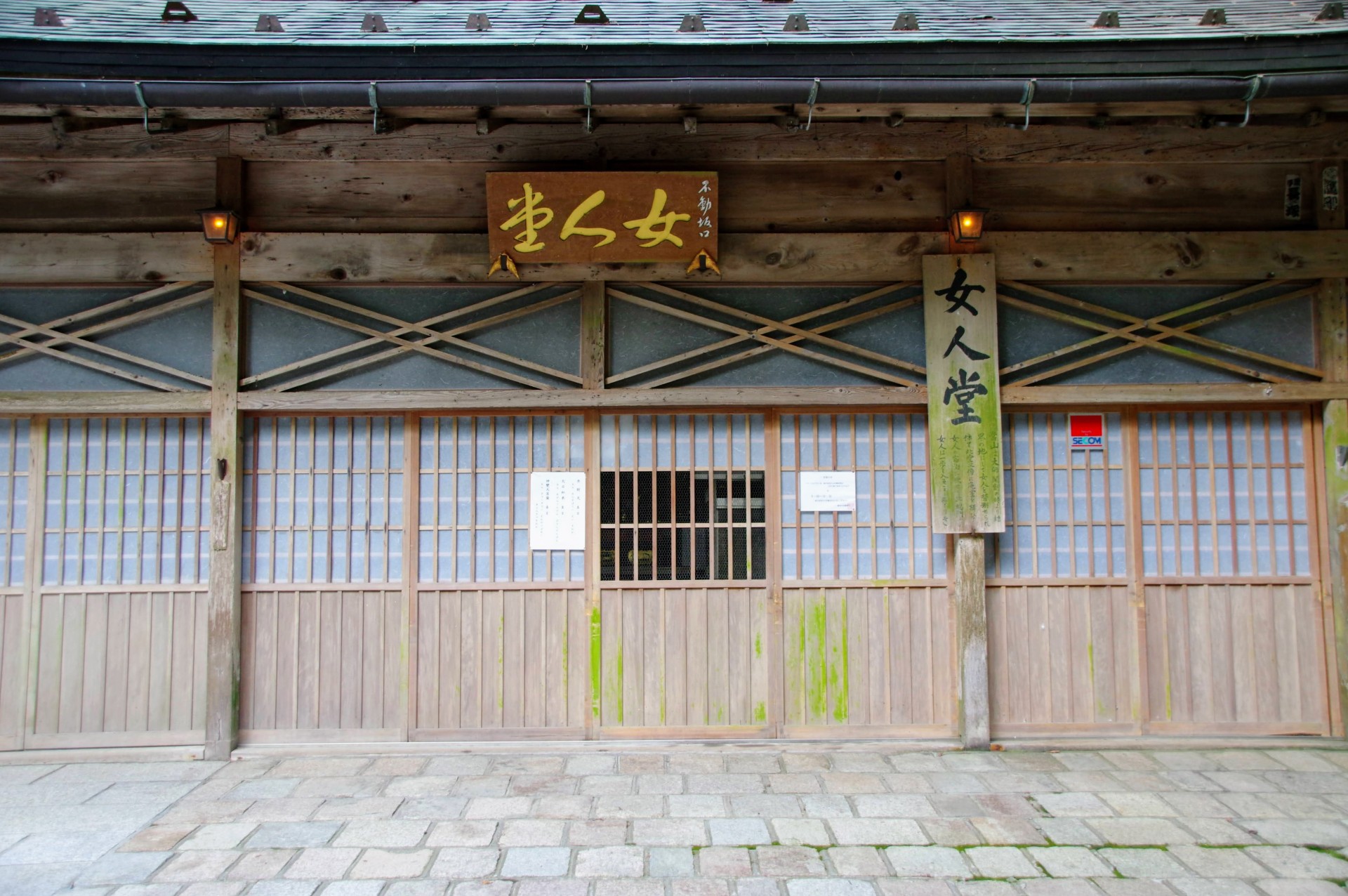
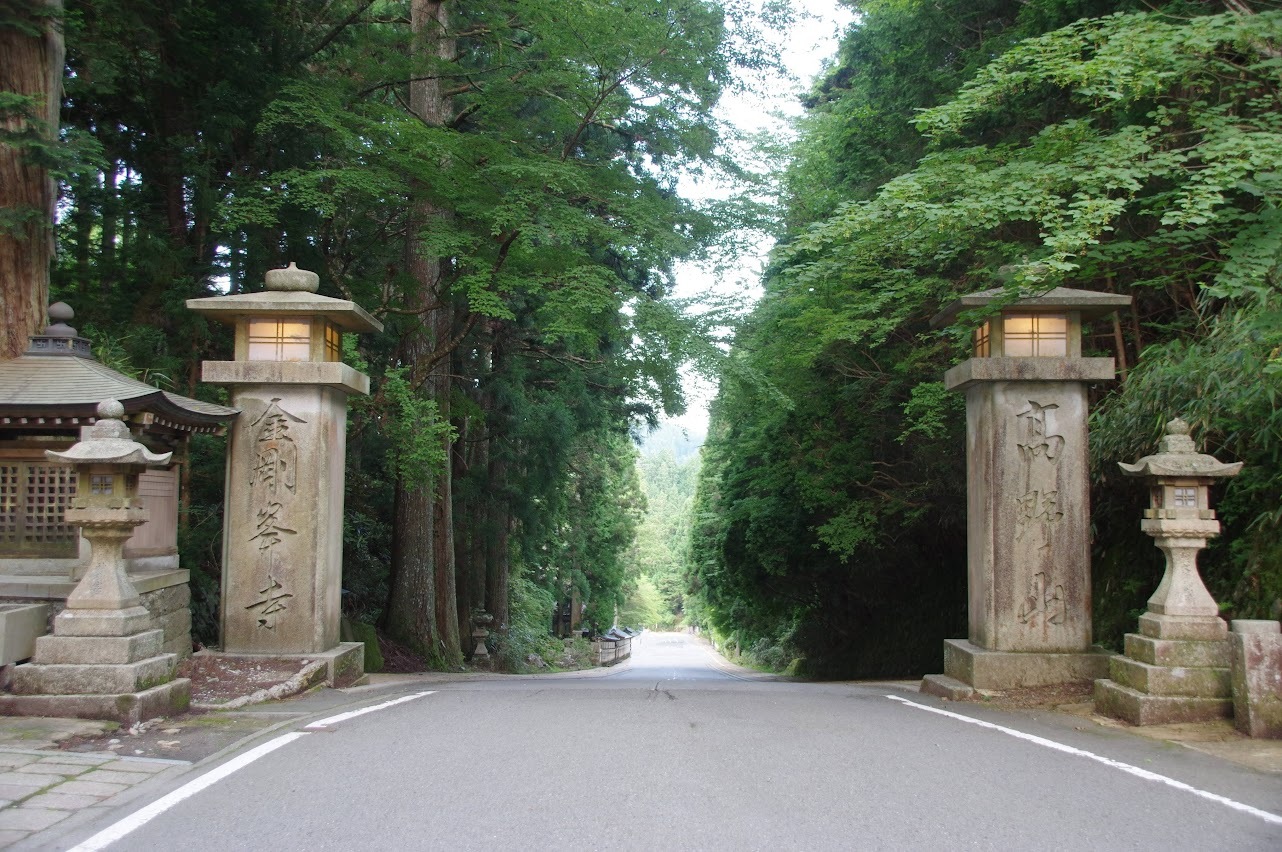

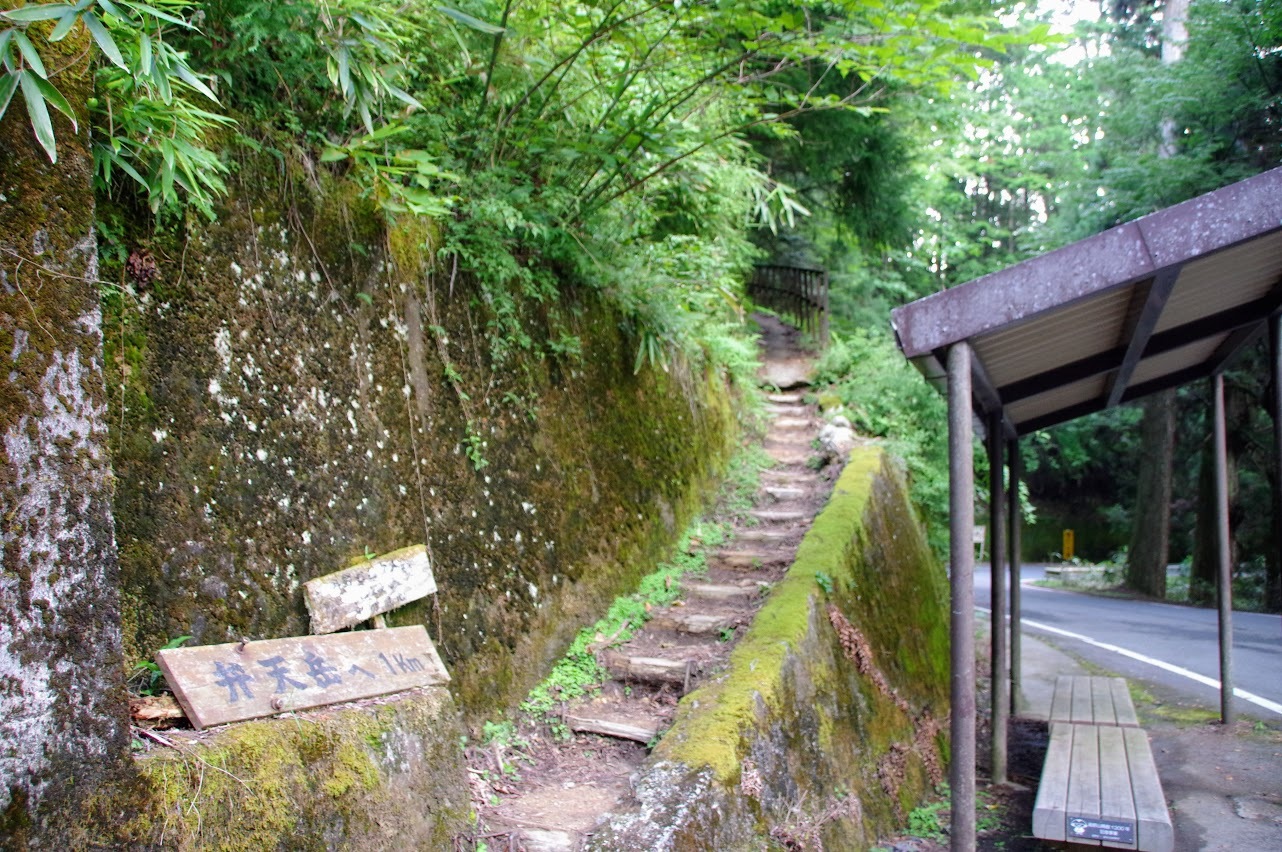
Kongo Sammai Tahoto / National Treasure of Japan
This Tahoto was built in 1223 (Joou 2) by Hojo Masako. the wife of Minamoto no Yoritomo. to commemorate the souls of Minamoto no Yoritomo and Sanetomo. It is currently the oldest Tahoto still standing in Koyasan. and is one of the few buildings that retain the Kamakura style. It was designated a National Treasure in April 1900 (Meiji 33). and was also designated a World Heritage Site in 2004 (Heisei 16).
At Kongosanmaiin, where a beautiful Tahōtō (multi-storied pagoda) stands, the principal deity is Aizen Myōō. Known as a guardian of love, marriage, and harmonious relationships, Aizen Myōō is especially cherished by female visitors. The temple grounds are rich with cultural heritage, including the Kyōzō (scripture repository), designated as an Important Cultural Property, and the Shisho Myōjin Shrine. Strolling through the temple, you’ll feel the serene atmosphere of the Kamakura period still lingering today.
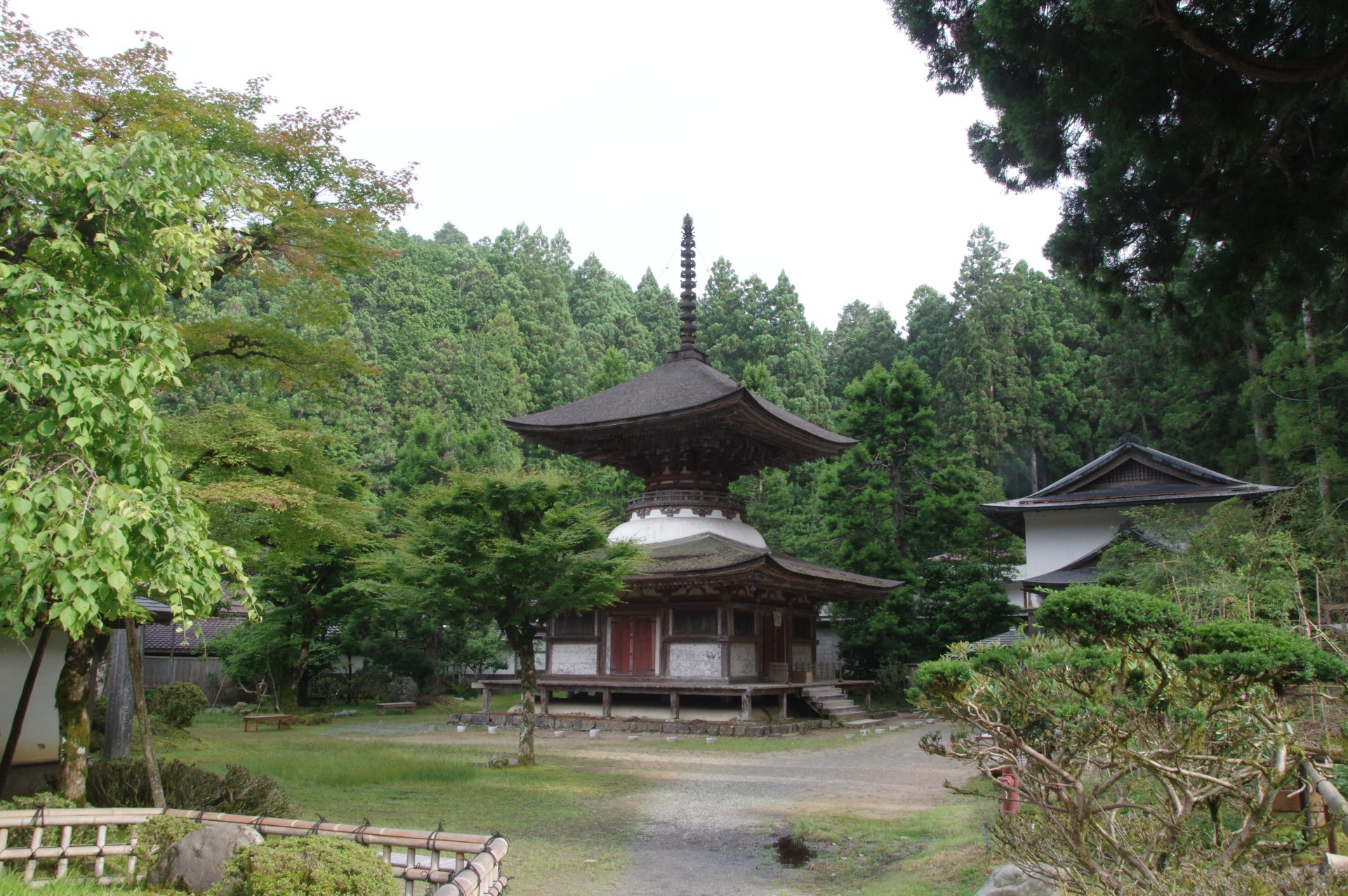
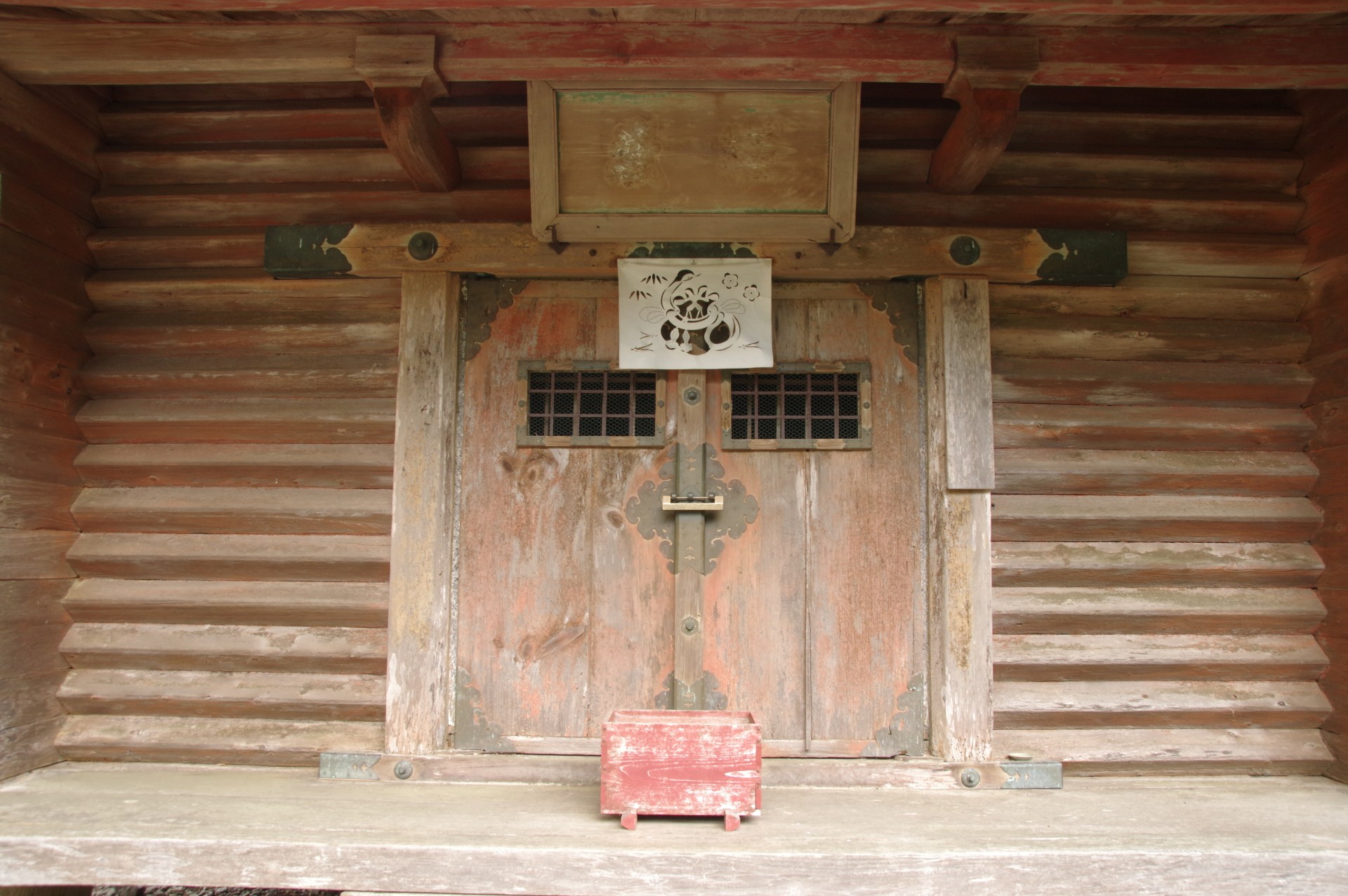
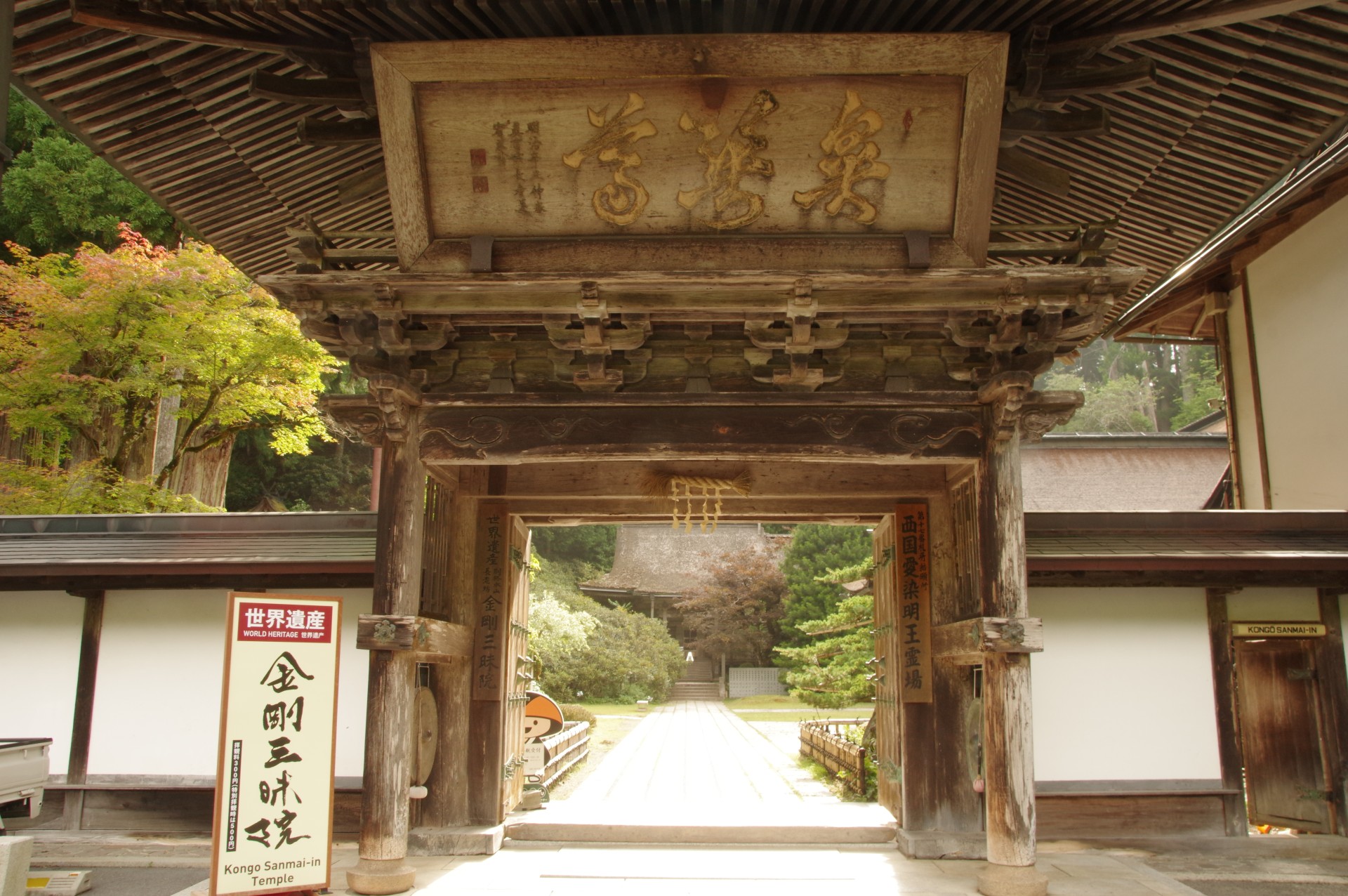
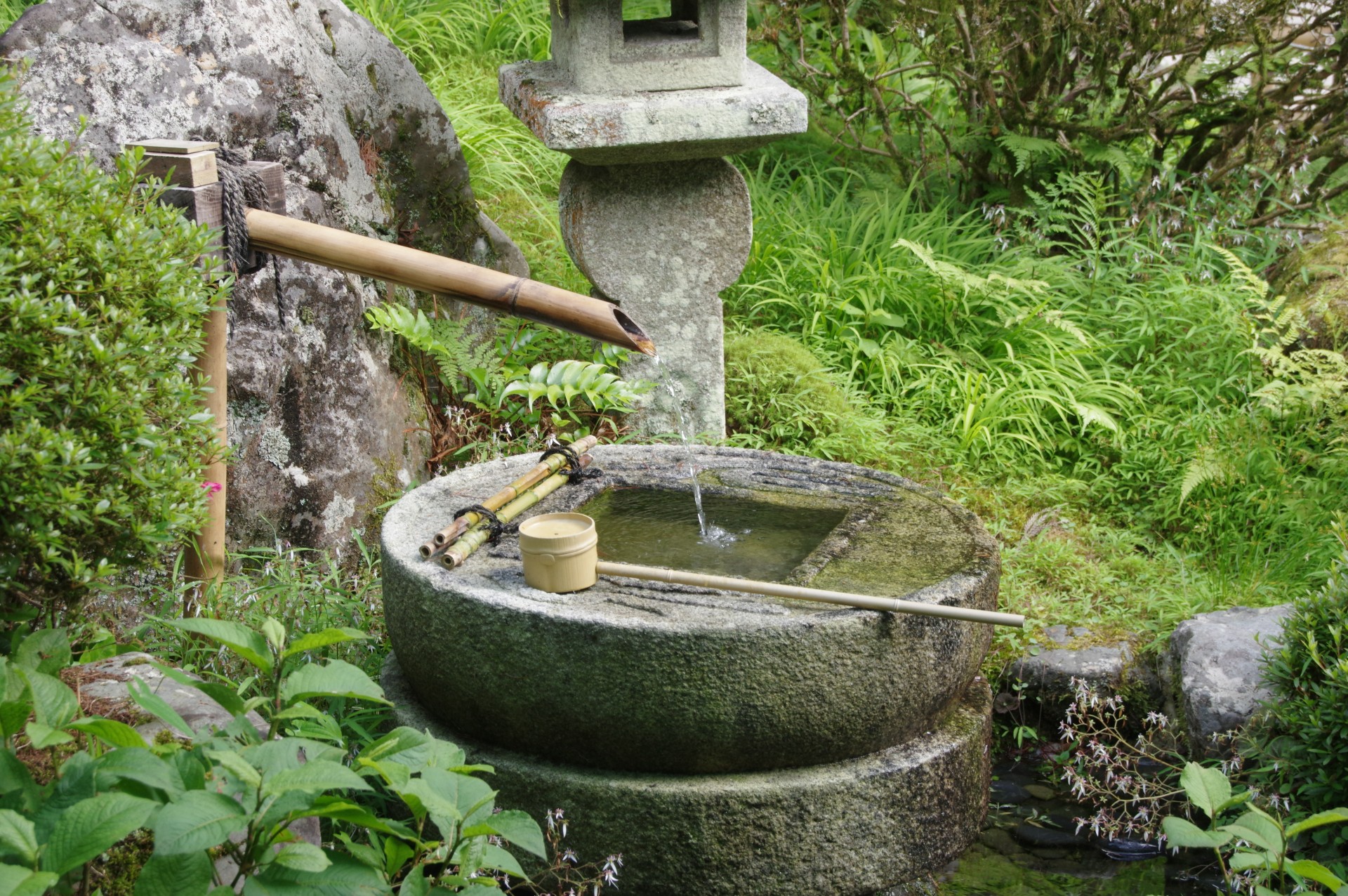
Karukaya-do

Karukaya Doshin and Ishidomaru trained at Karukaya-do for about 40 long years. In the hall. a parent-child Jizo statue is enshrined. and a framed carving of the Karukaya-son biography is displayed. Ishidomaru went to the foot of Koyasan with his mother to search for his father. but at the time. Koyasan's law prohibited women from entering the mountain. so he left his mother at the Gakubunji inn and climbed Koyasan alone to search for his father. However. unable to wait for Ishidomaru's return. his mother fell ill and passed away. His father. Karikaya Doshin. was also in training. so although he knew Ishidomaru was his son. they did not reveal their names to each other and continued training together at Koyasan. This sad story of Karikaya Doshin and Ishidomaru is still passed down today as a legend surrounding Koyasan.

